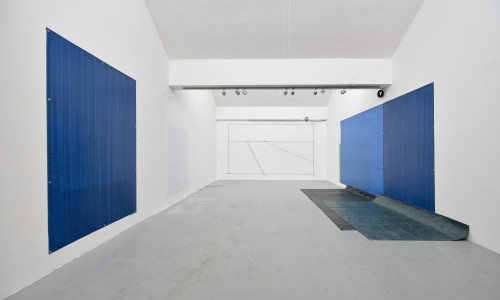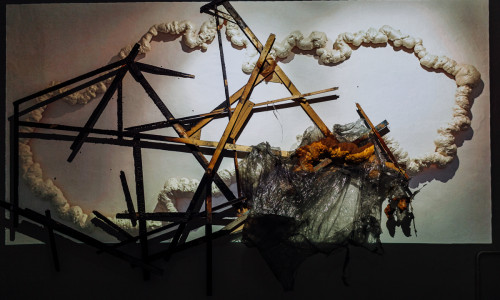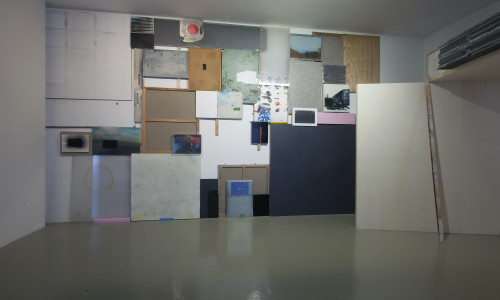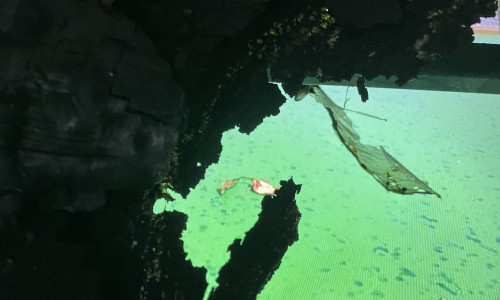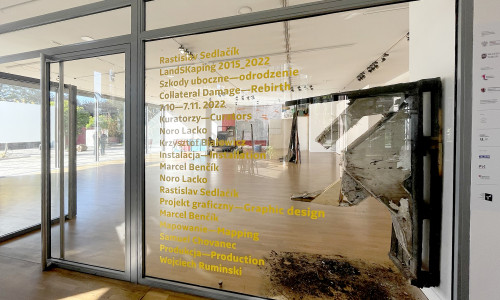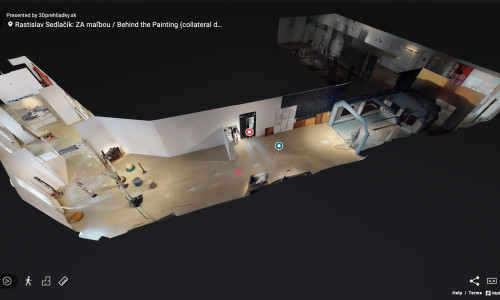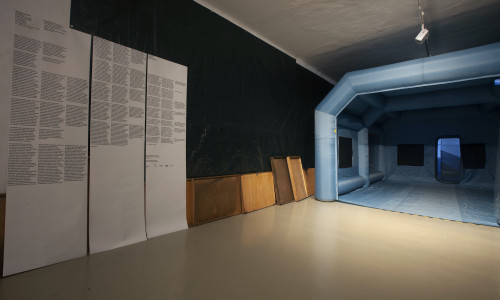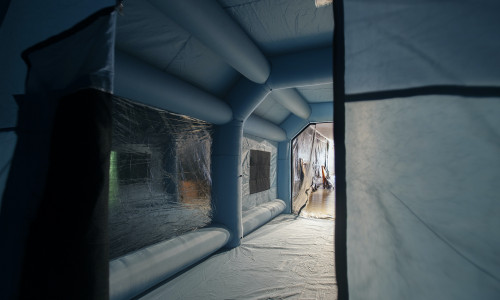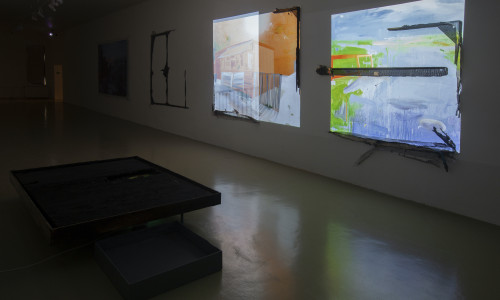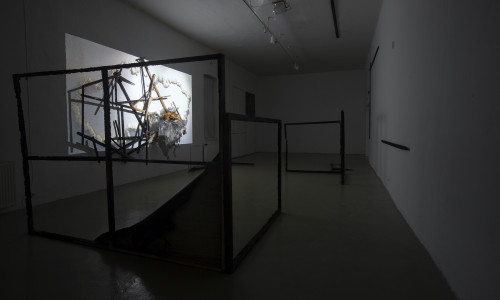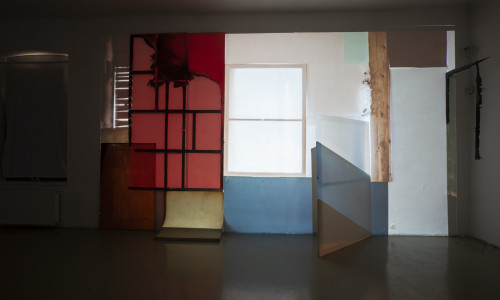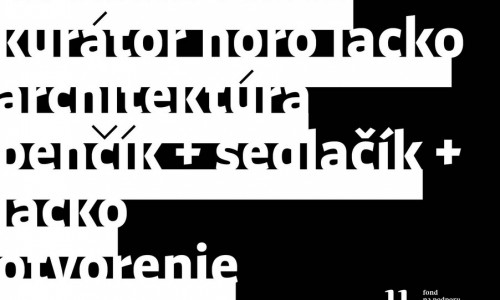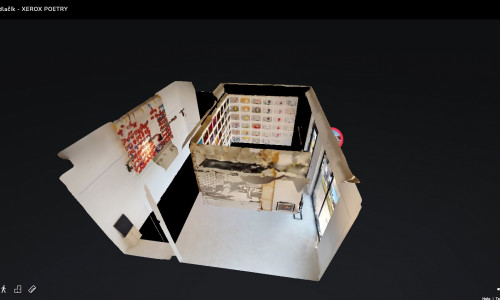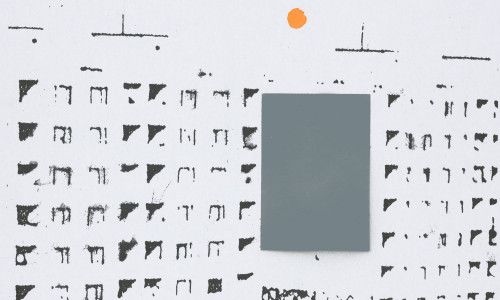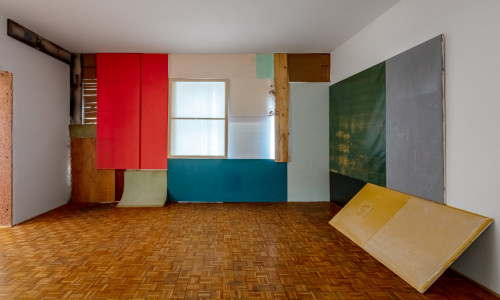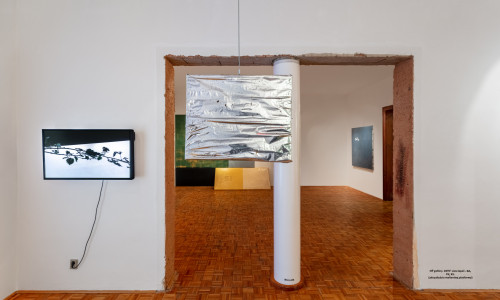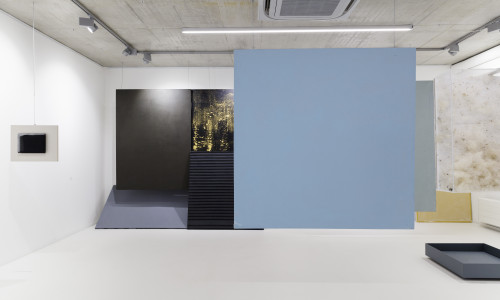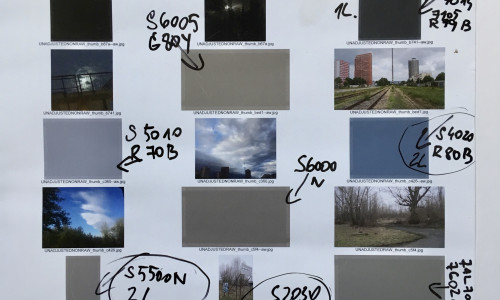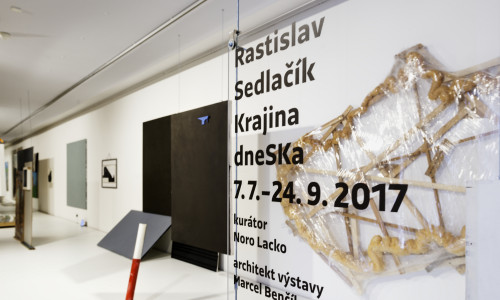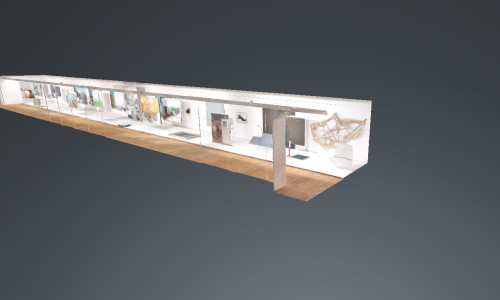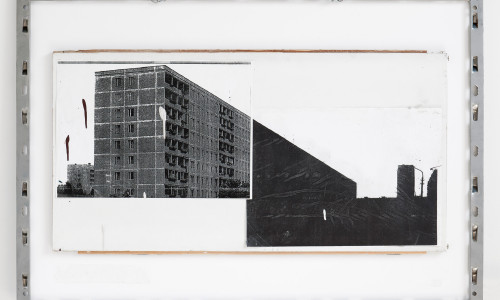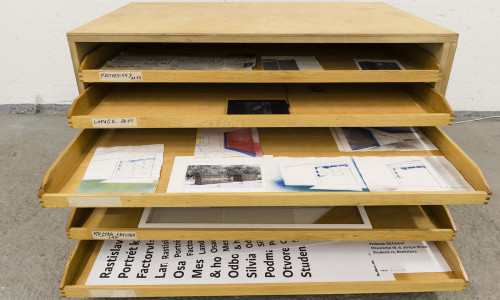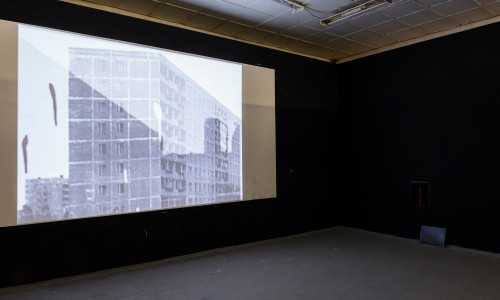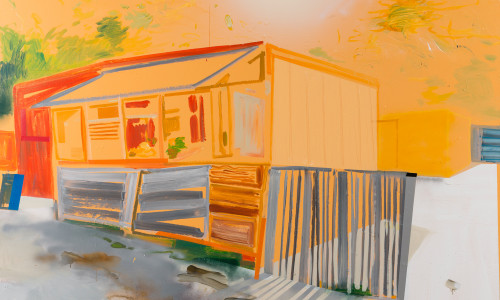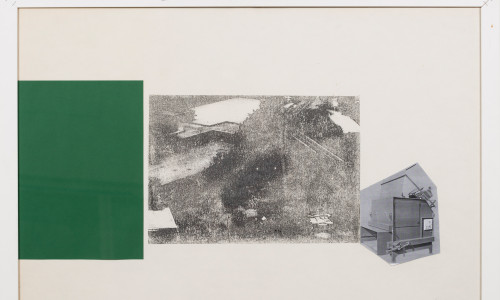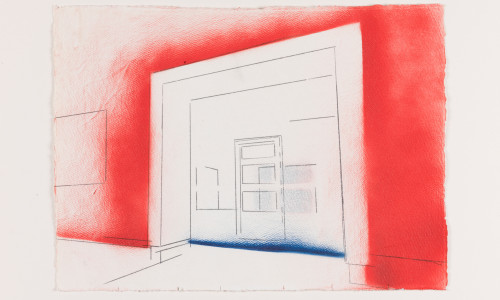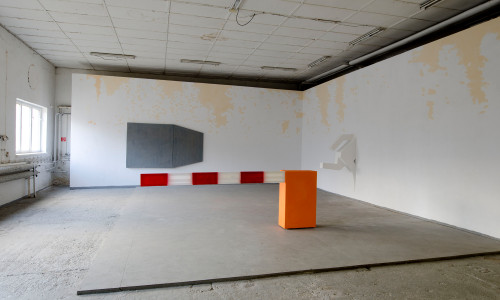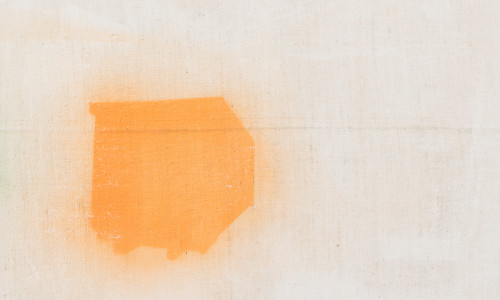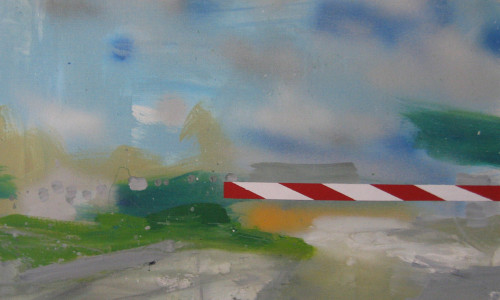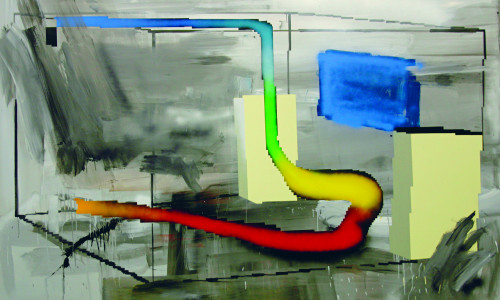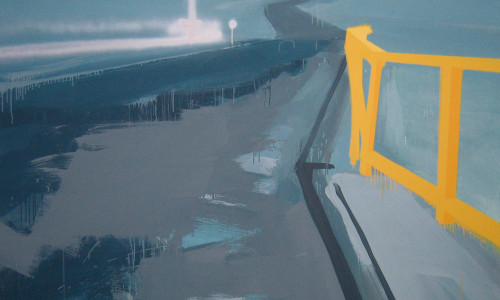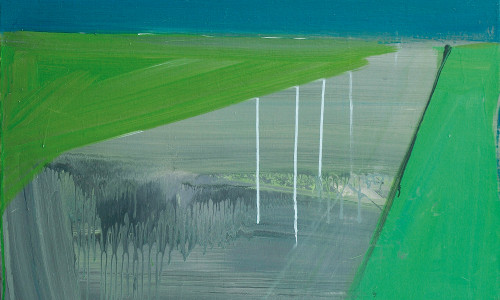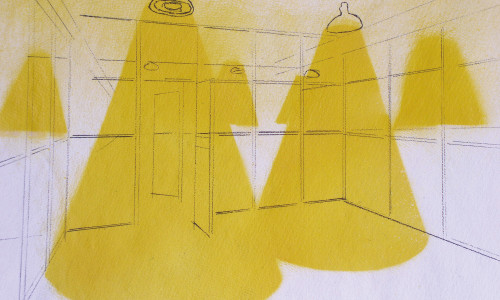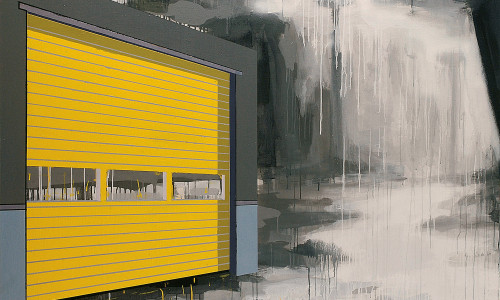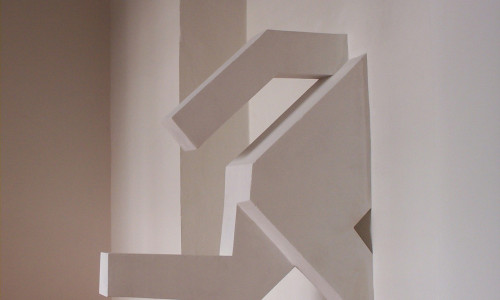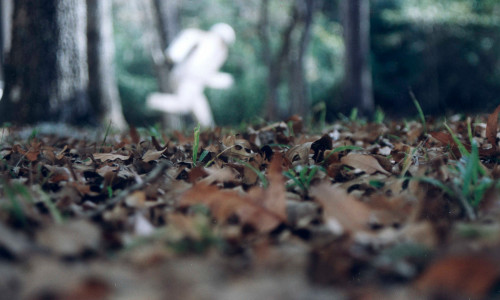LandSKaping 2015_2022
Rastislav Sedlacik
Centrum Sztuki Współczesnej_W Toruniu Centre Of Contemporary Art_In Torun, Poland
expanded painting instalation
Foto: Archive RS, MB, KB
2022
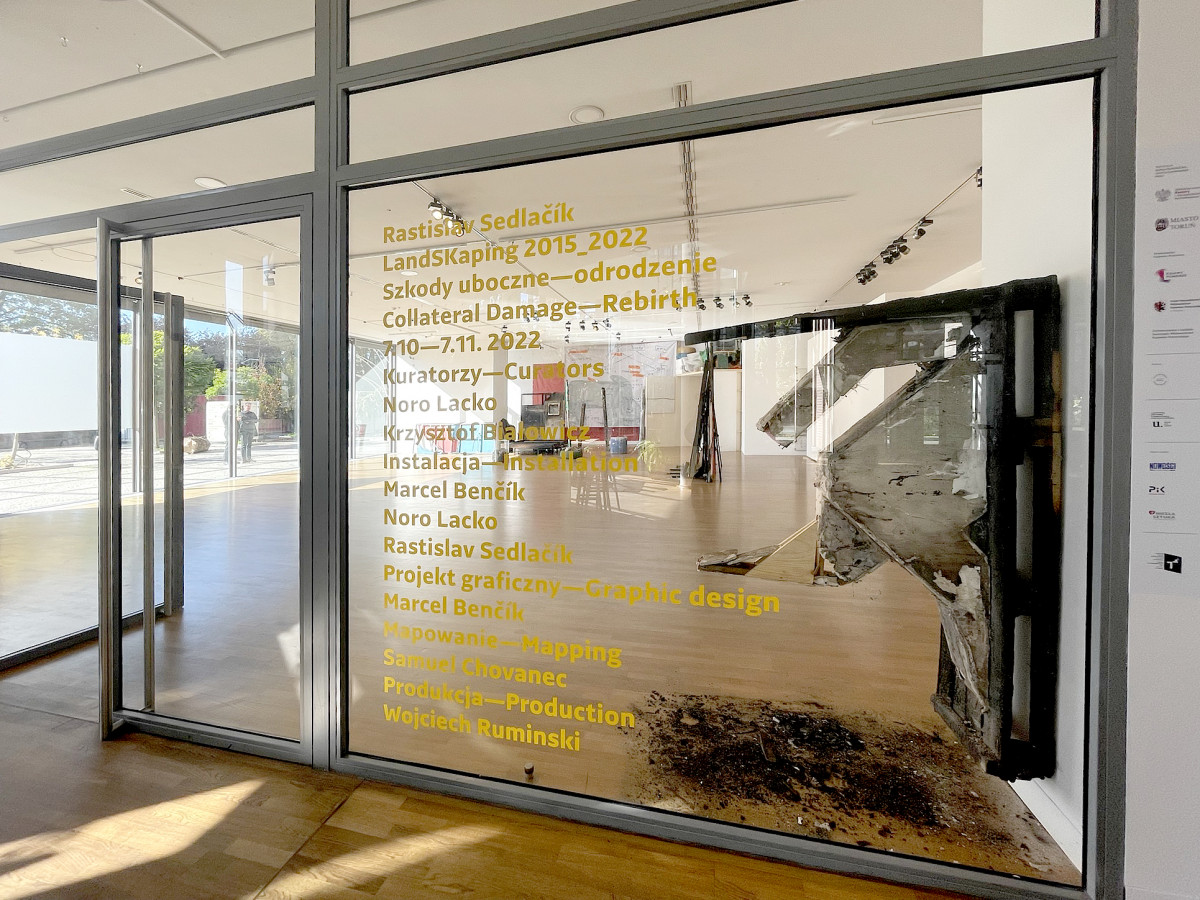
Escapist / Exit Figure. 2003 — 2022 (Collateral Damage) Wooden structure, plasterboard, metal, ash 200cm x 120cm x 50cm 2003 — 2022
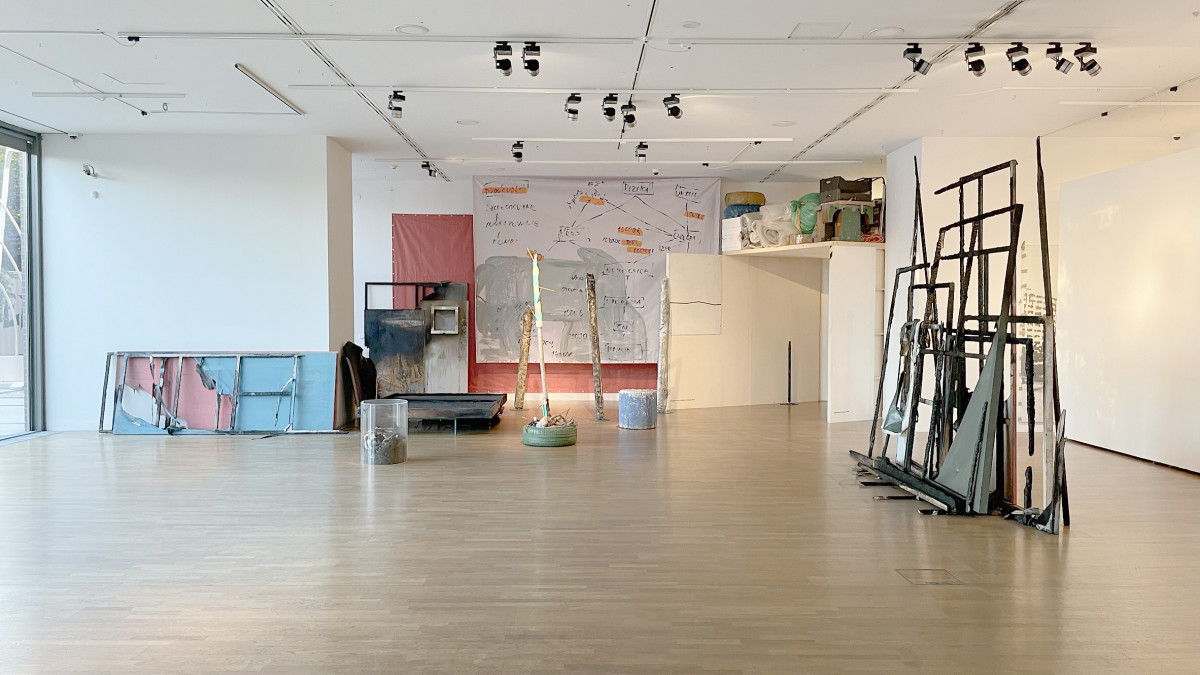
LandSKaping Hall I. 2022 (Collateral Damage) Installation 16.53m x 13.15m x 3.67m 2022
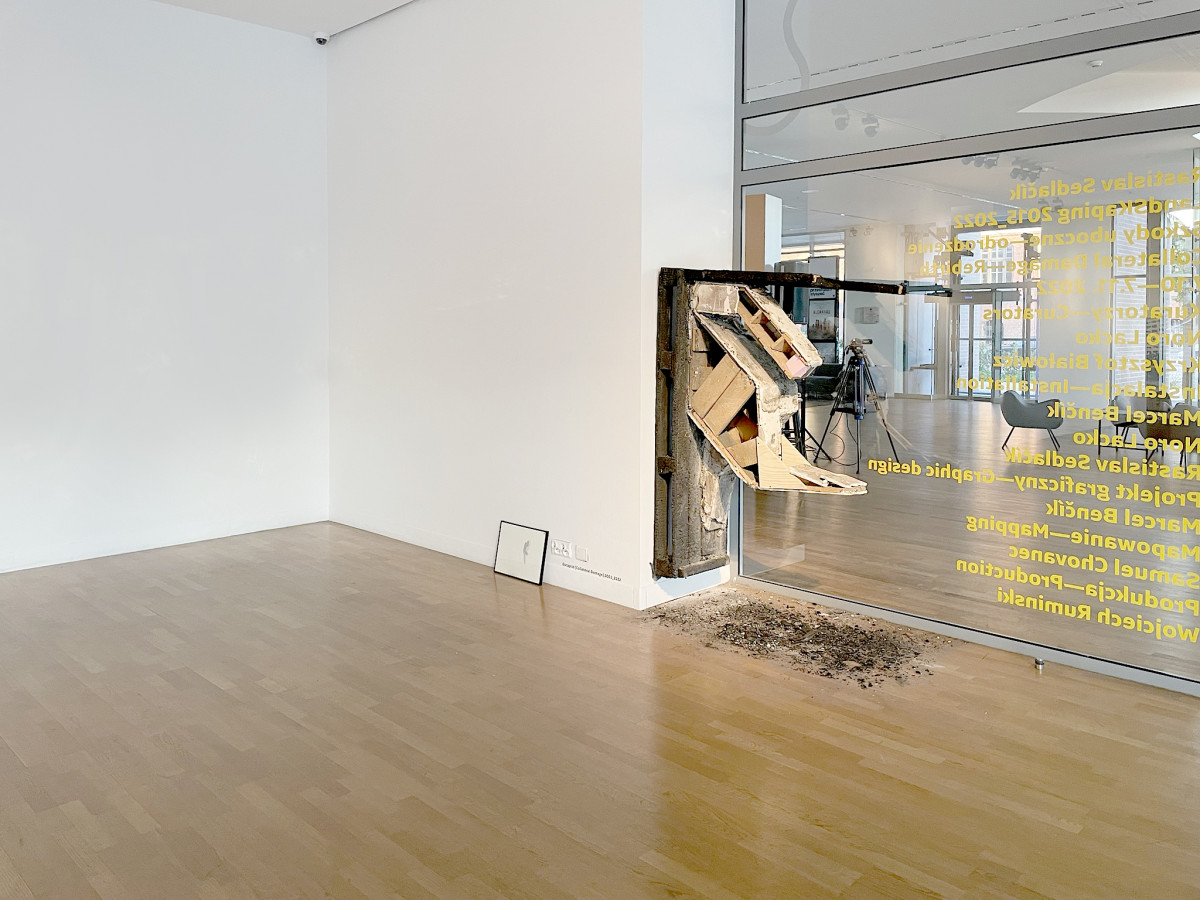
Escapist / Exit Figure (Collateral Damage) Wooden structure, plasterboard, metal, ash 200cm x 120cm x 50cm 2003 — 2022
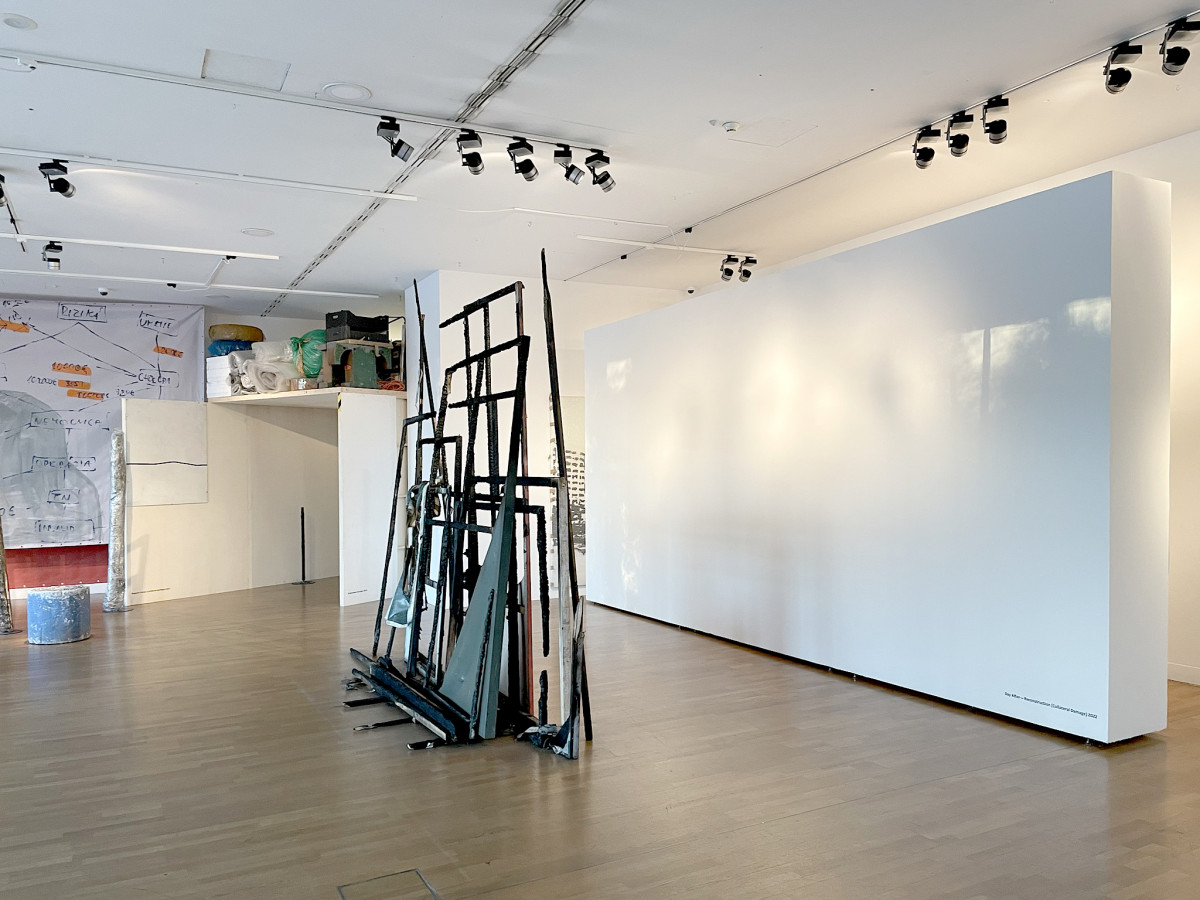
DDay After - Reconstruction. (Collateral Damage) 2022
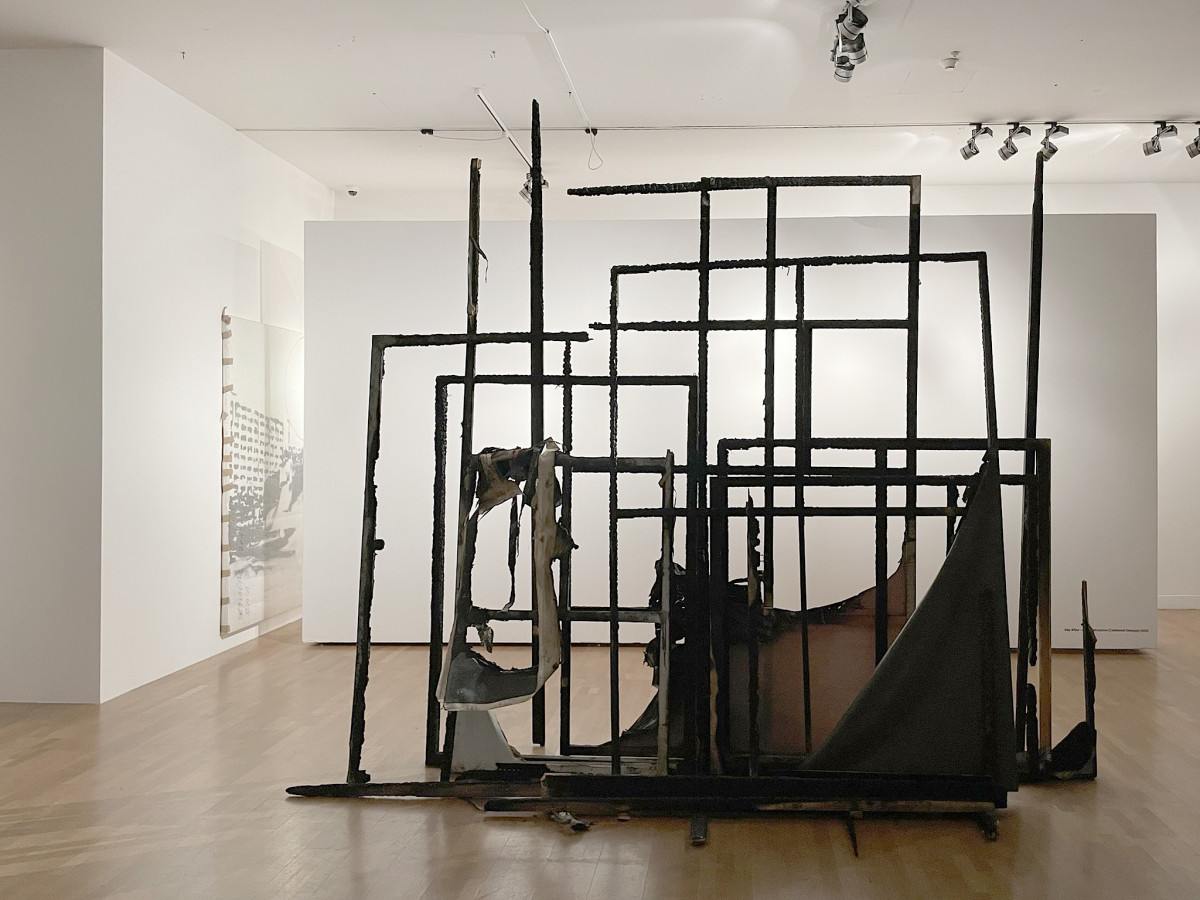
Day After - Reconstruction. (Collateral Damage) 2022
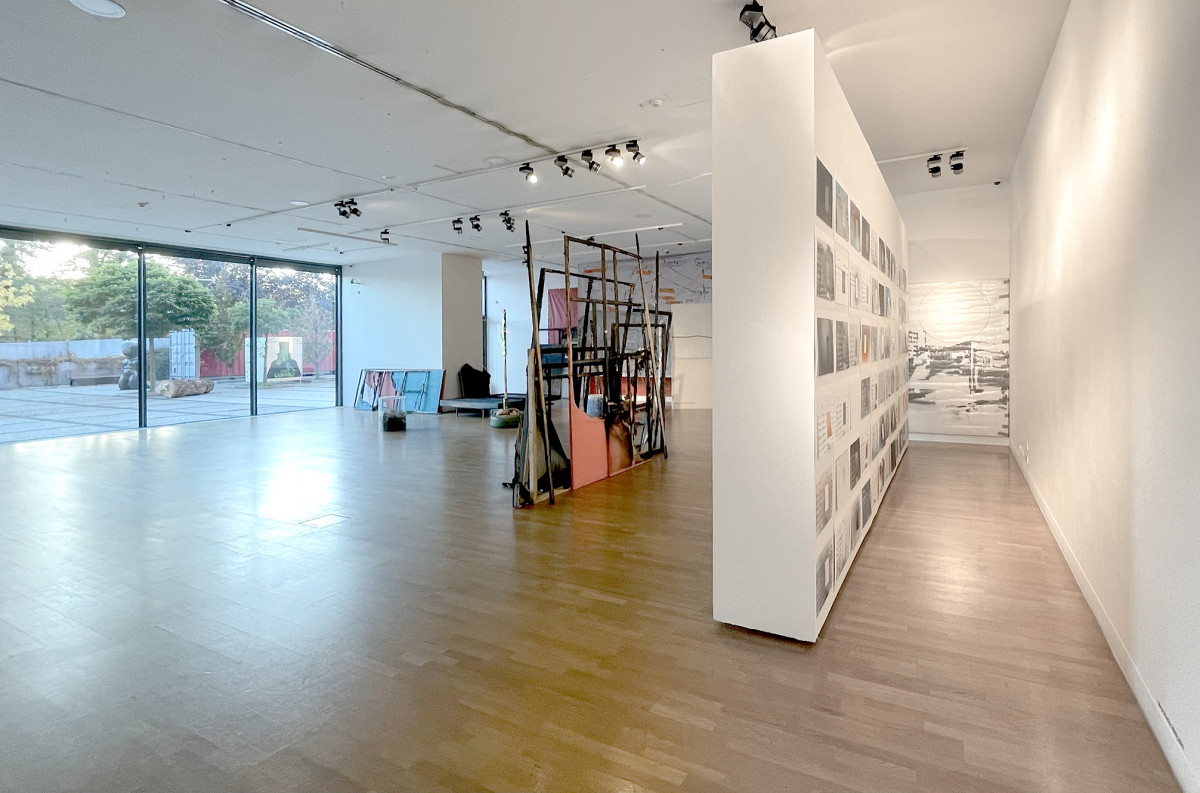
LandSKaping Hall I. 2022 (Collateral Damage) Installation 16.53m x 13.15m x 3.67m 2022
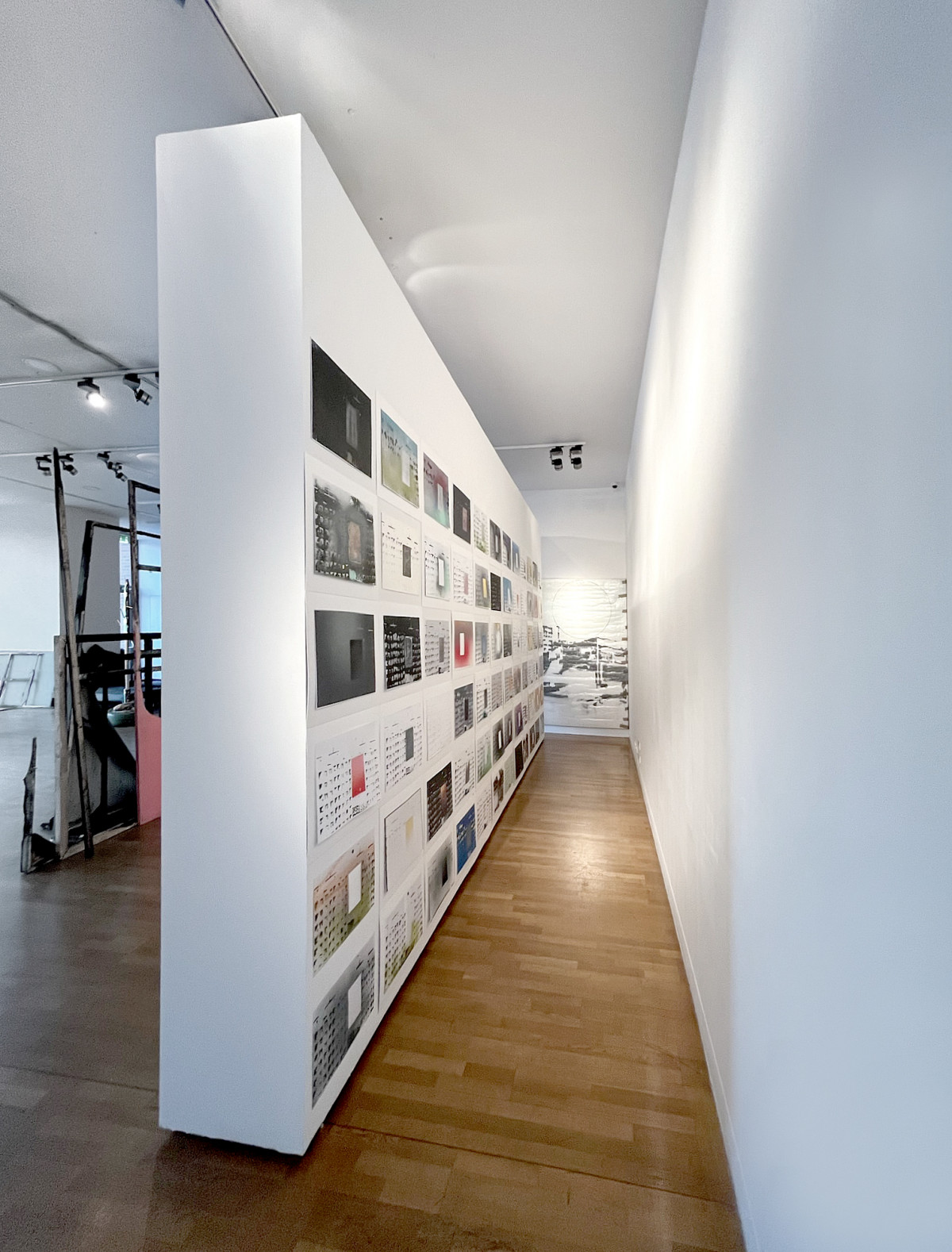
From left: Xerox Poetry. 2020— 2021 & BA 1. 2011 (Covered version with Sun)
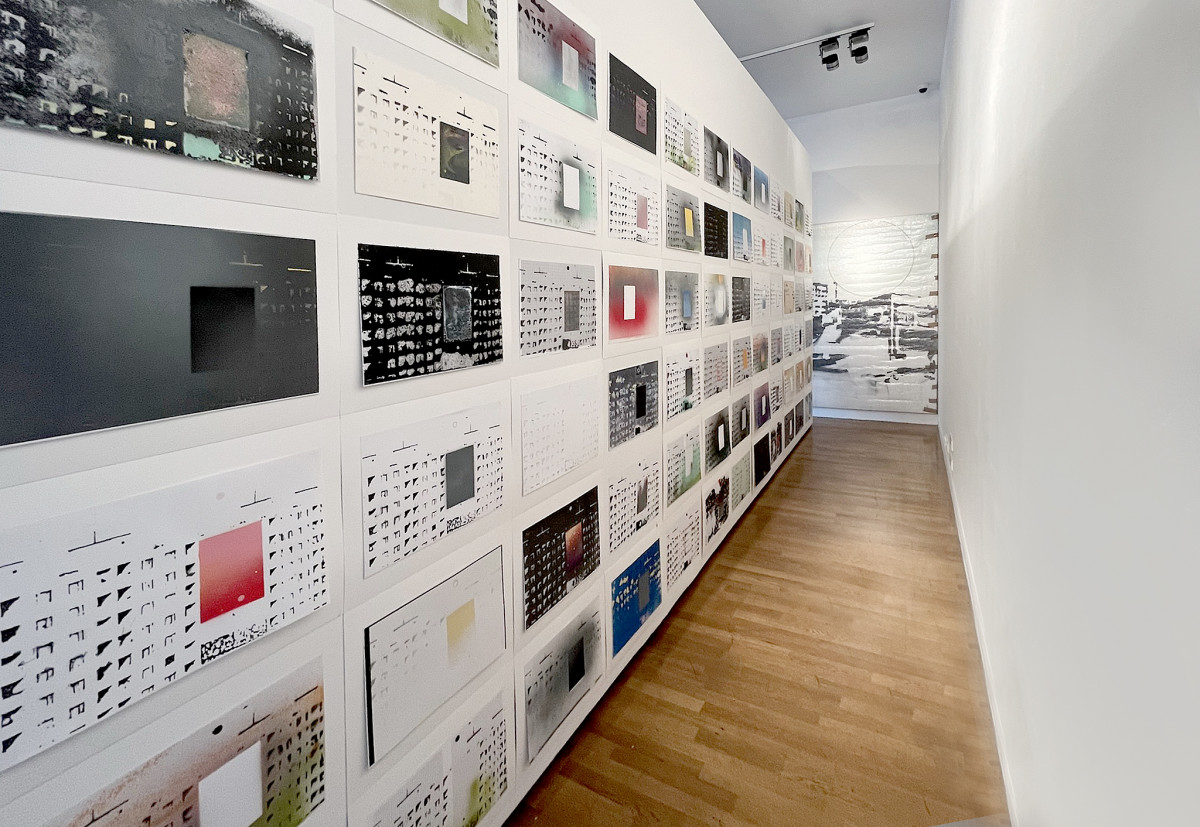
From left: Xerox Poetry. 2020— 2021 & BA 1. 2011 (Covered version with Sun)
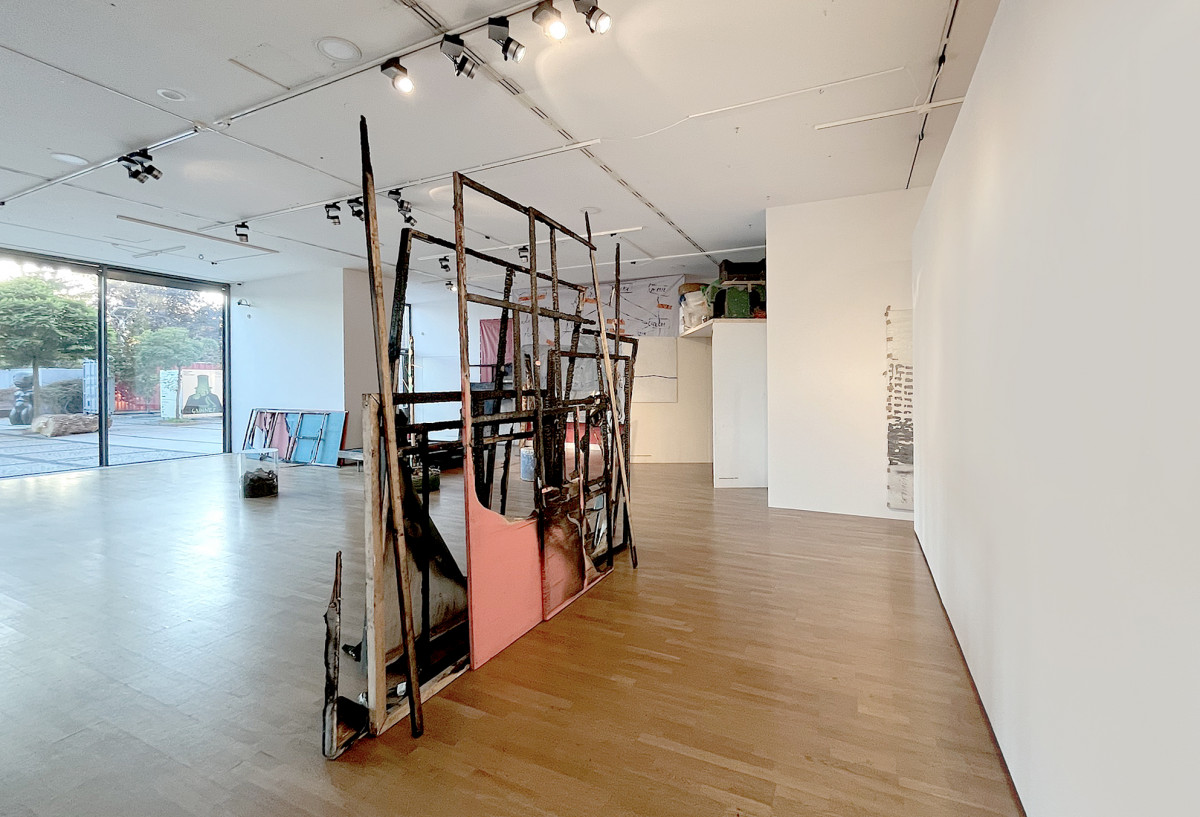
Day After - Reconstruction. (Collateral Damage) 2022
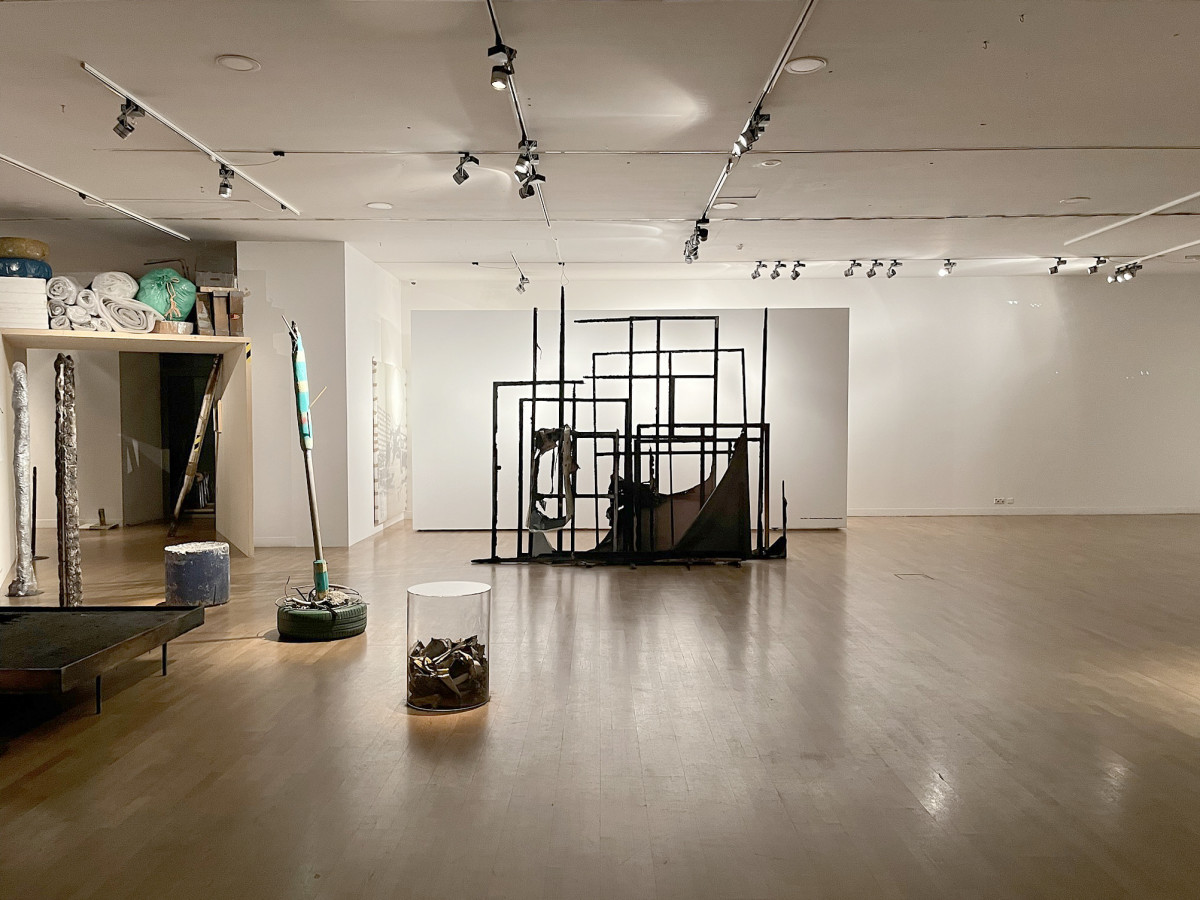
LandSKaping Hall I. 2022 (Collateral Damage)
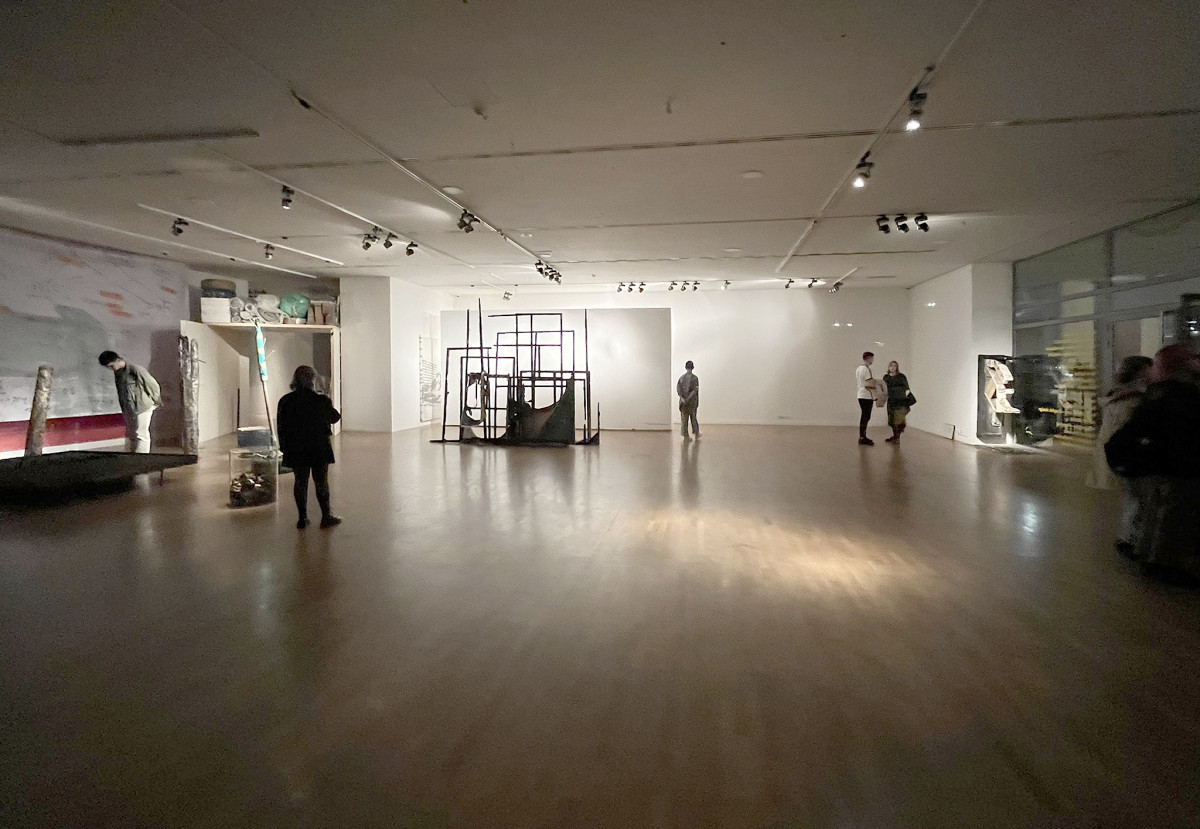
LandSKaping Hall I. 2022 (Collateral Damage)
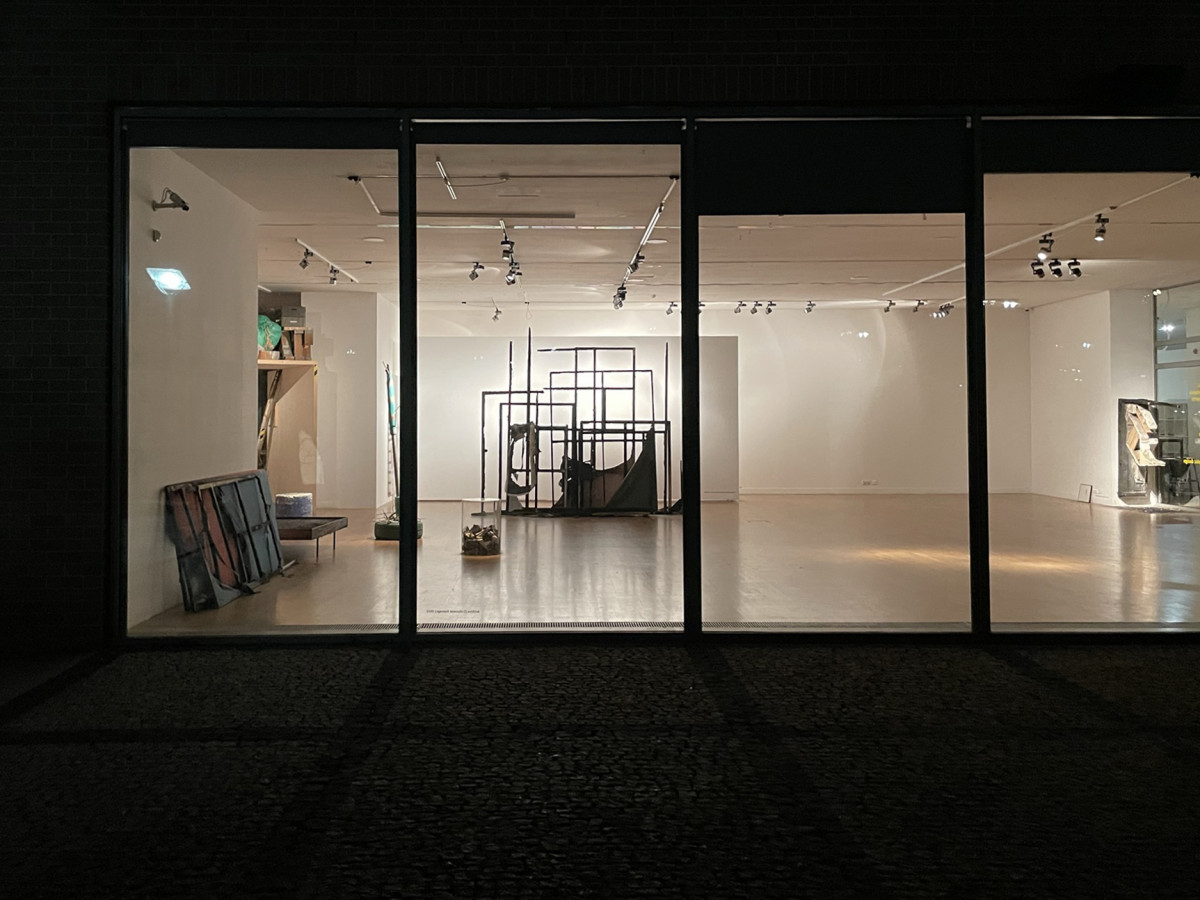
LandSKaping Hall I. 2022 (Collateral Damage)
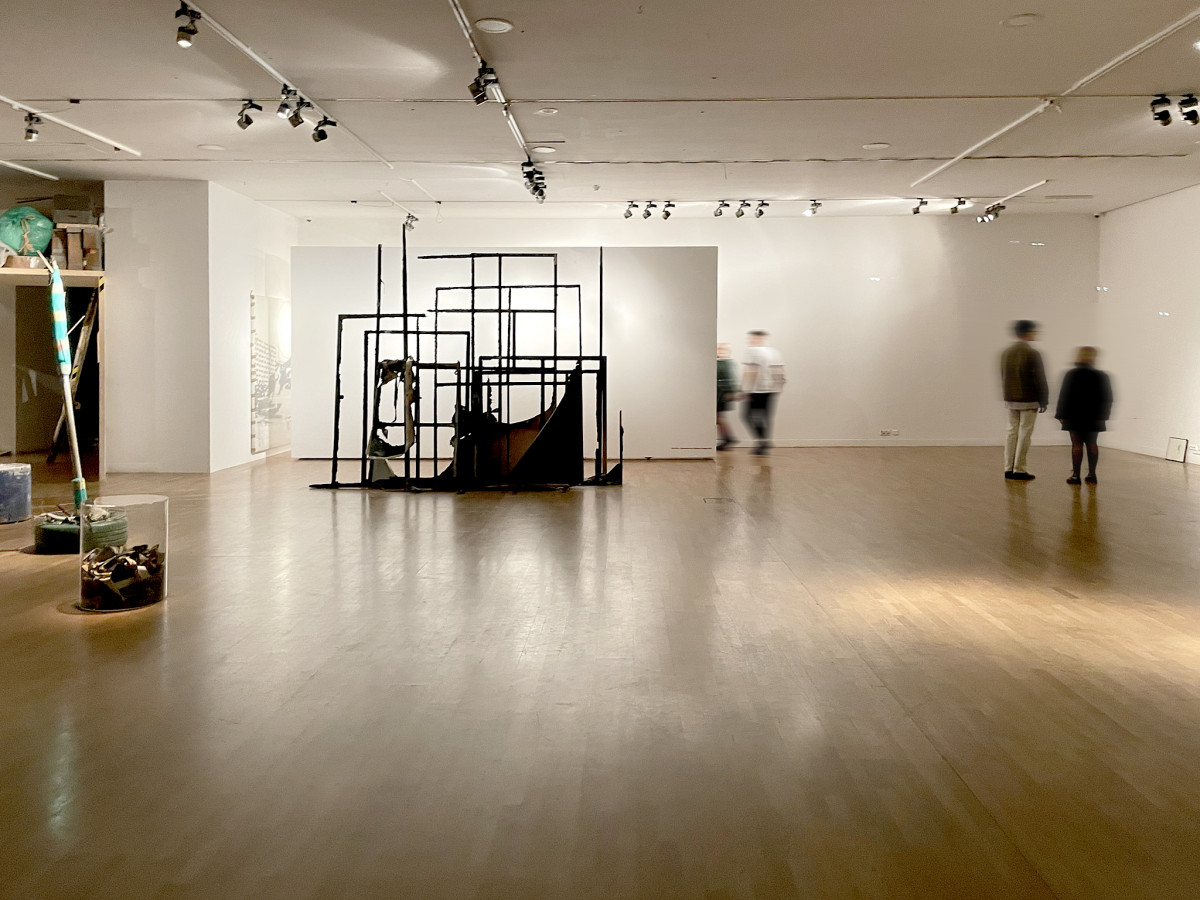
LandSKaping Hall I. 2022 (Collateral Damage)
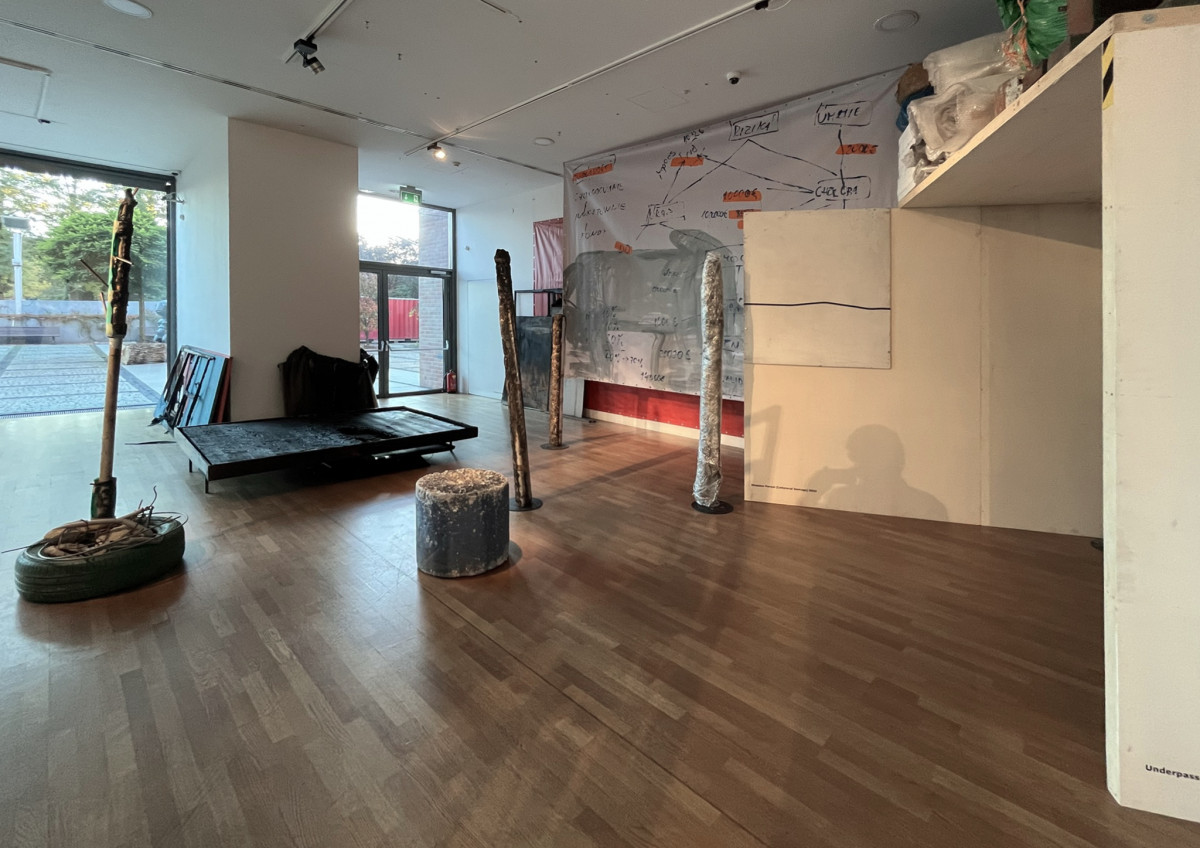
From left: Disaster Forest. 2022 (Collateral Damage) & Underpass Storage. 2022
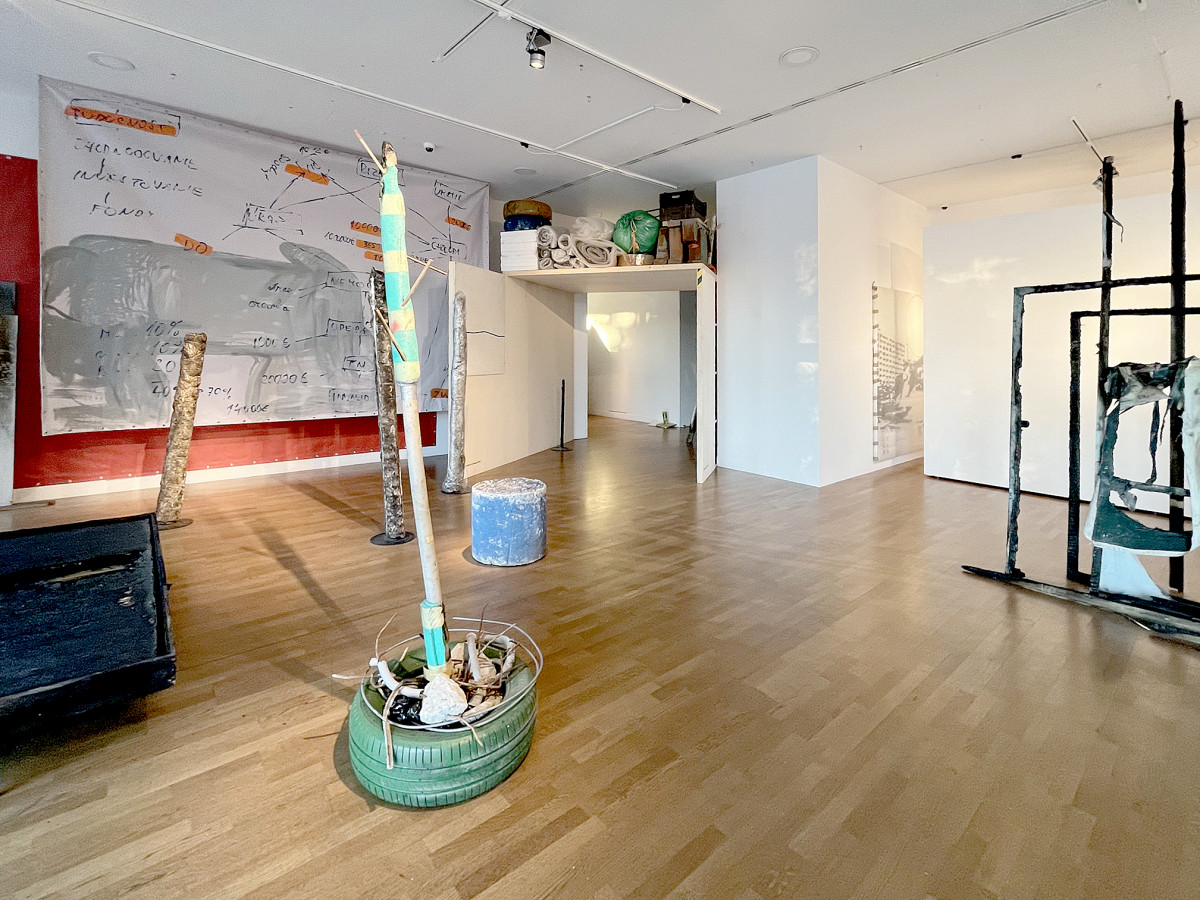
Disaster Forest. (Collateral Damage) 2022
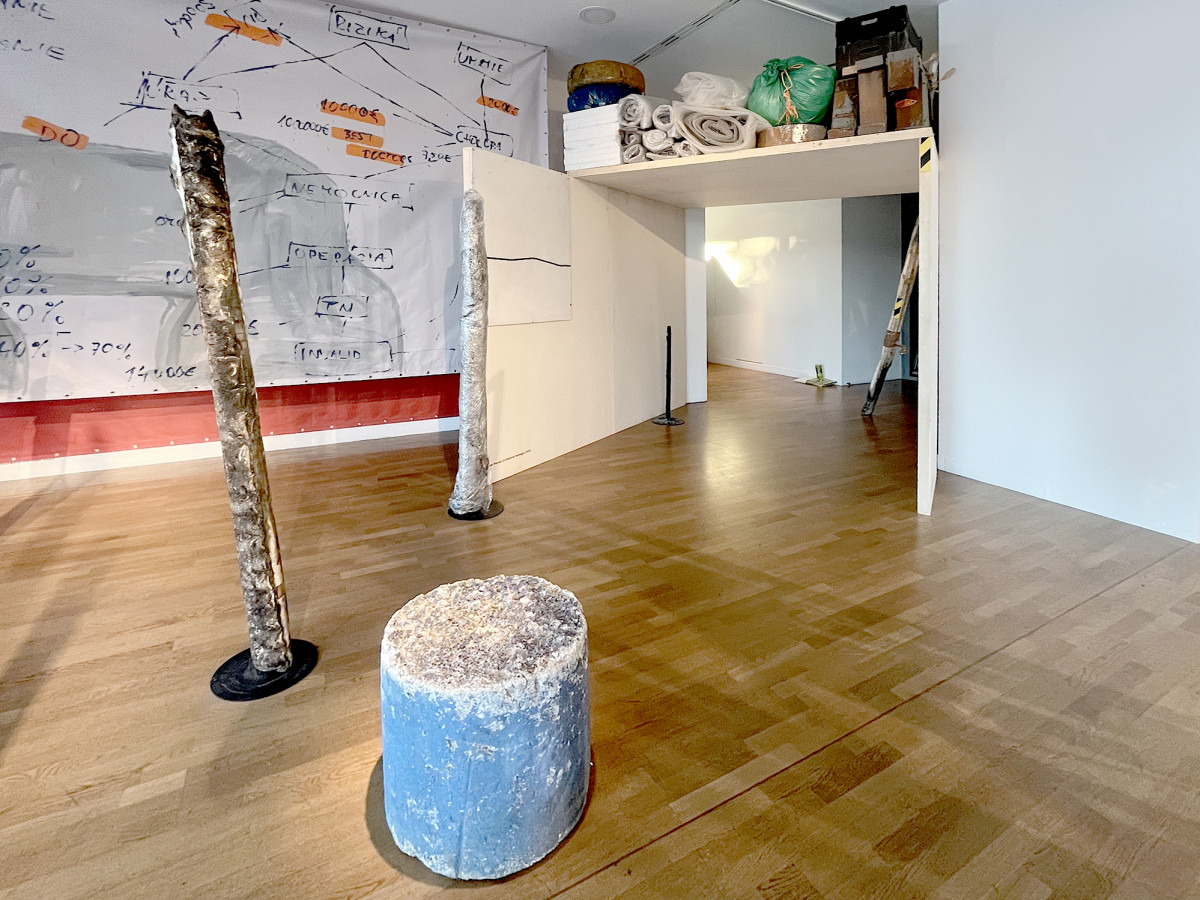
Disaster Forest. (Collateral Damage) 2022
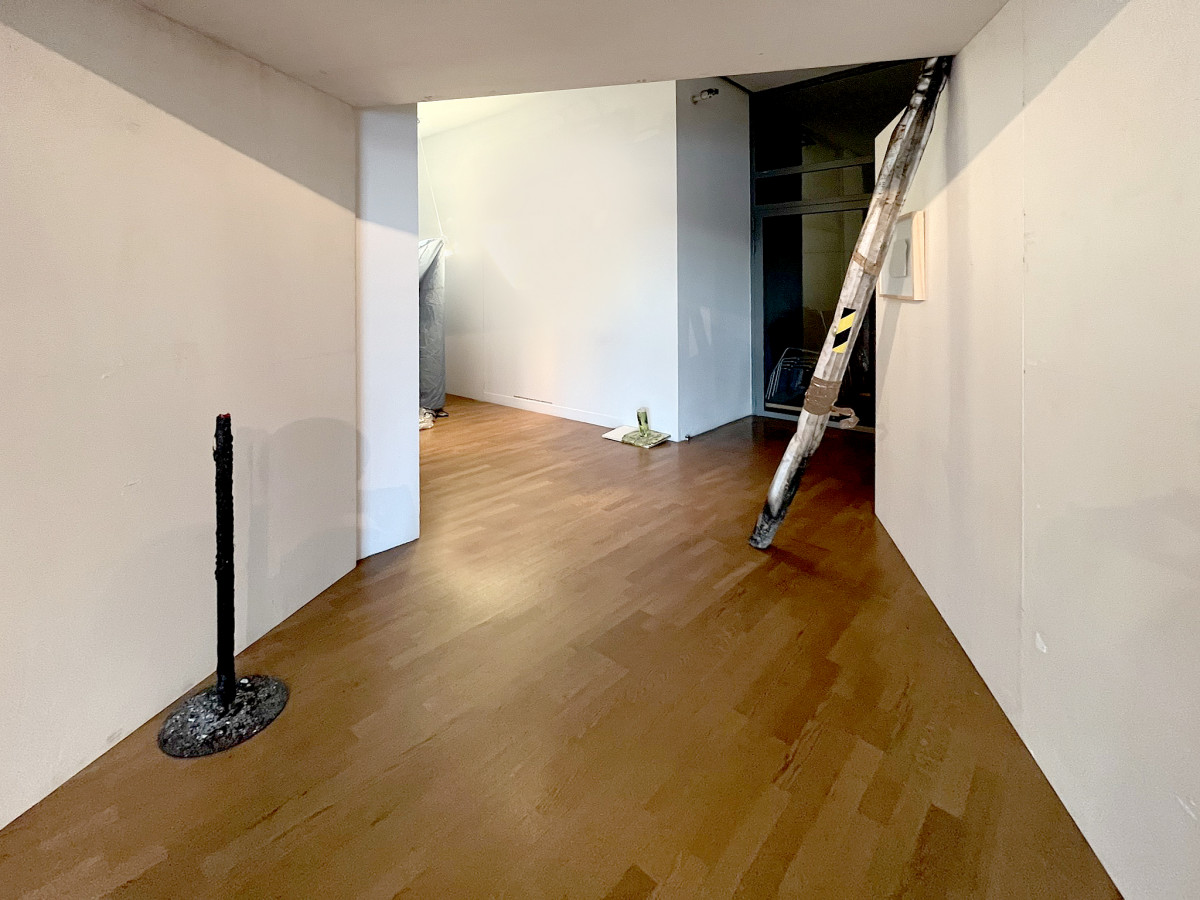
Underpass Storage. 2022
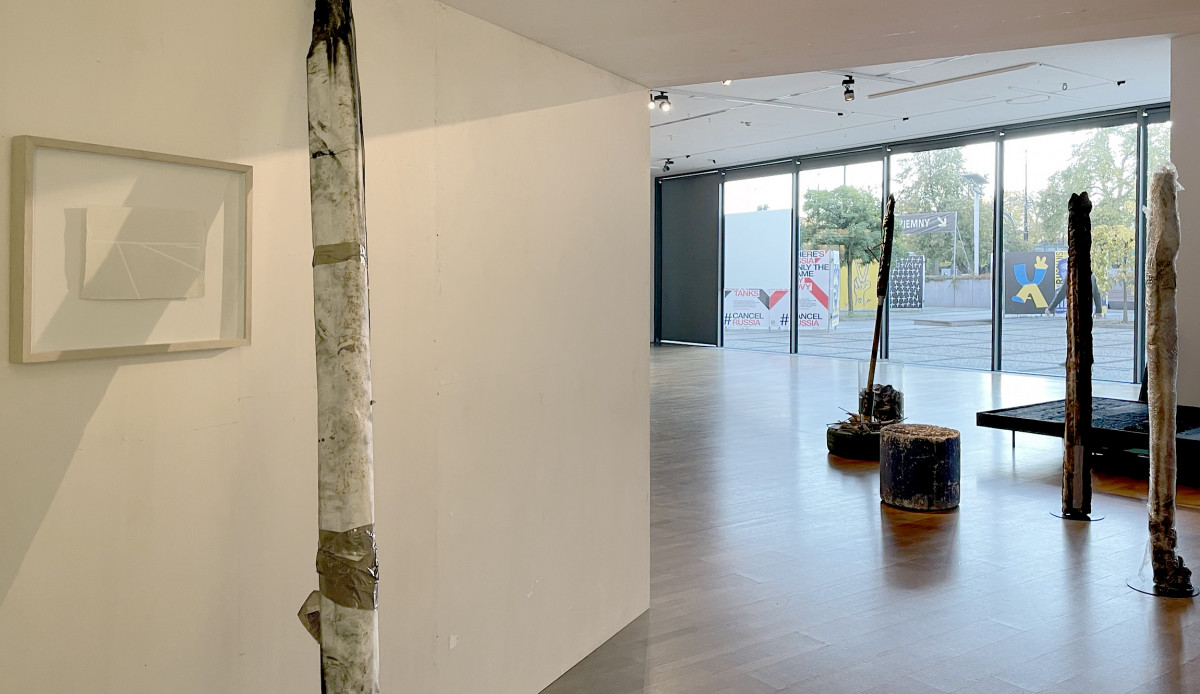
Disaster Forest. (Collateral Damage) 2022
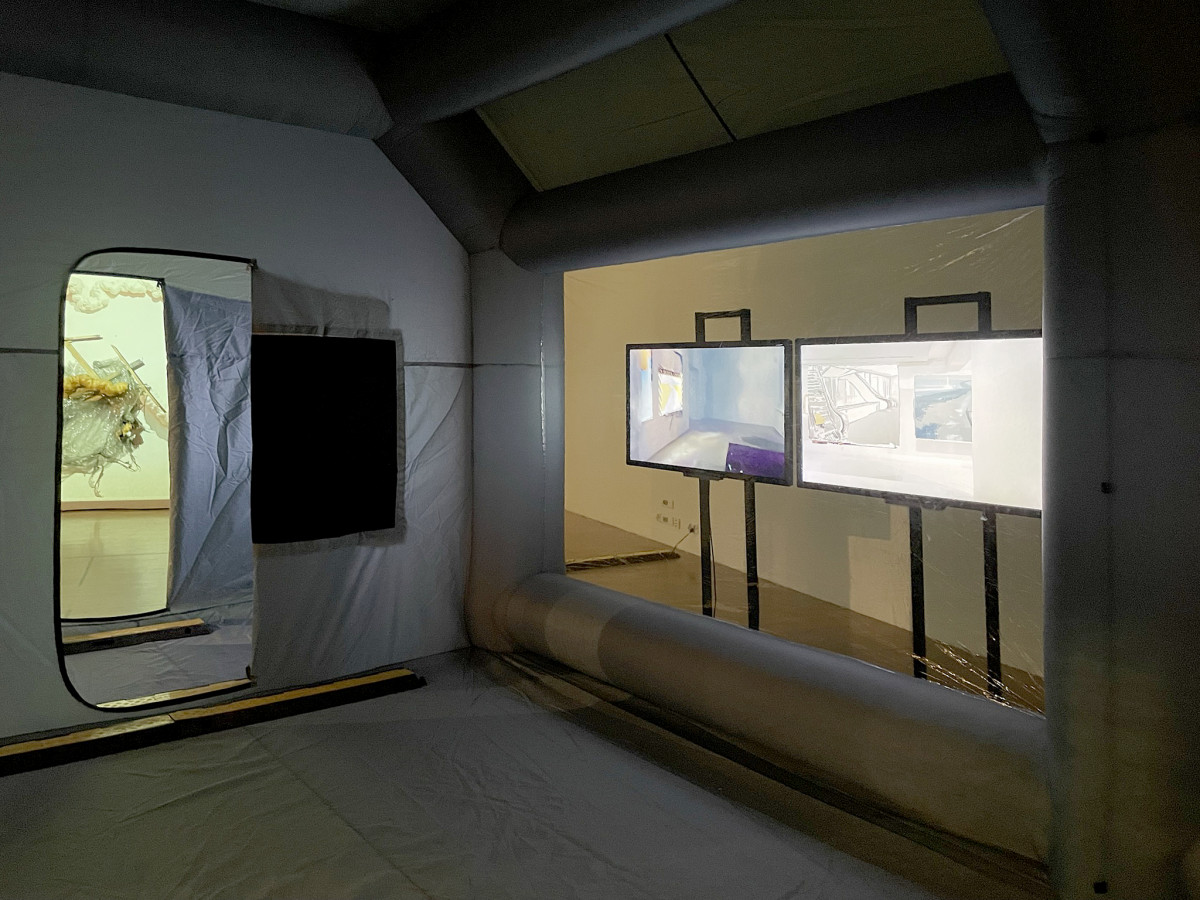
Phoenix Rebirth. (Walk-through Expanded Painting Studio) 2022
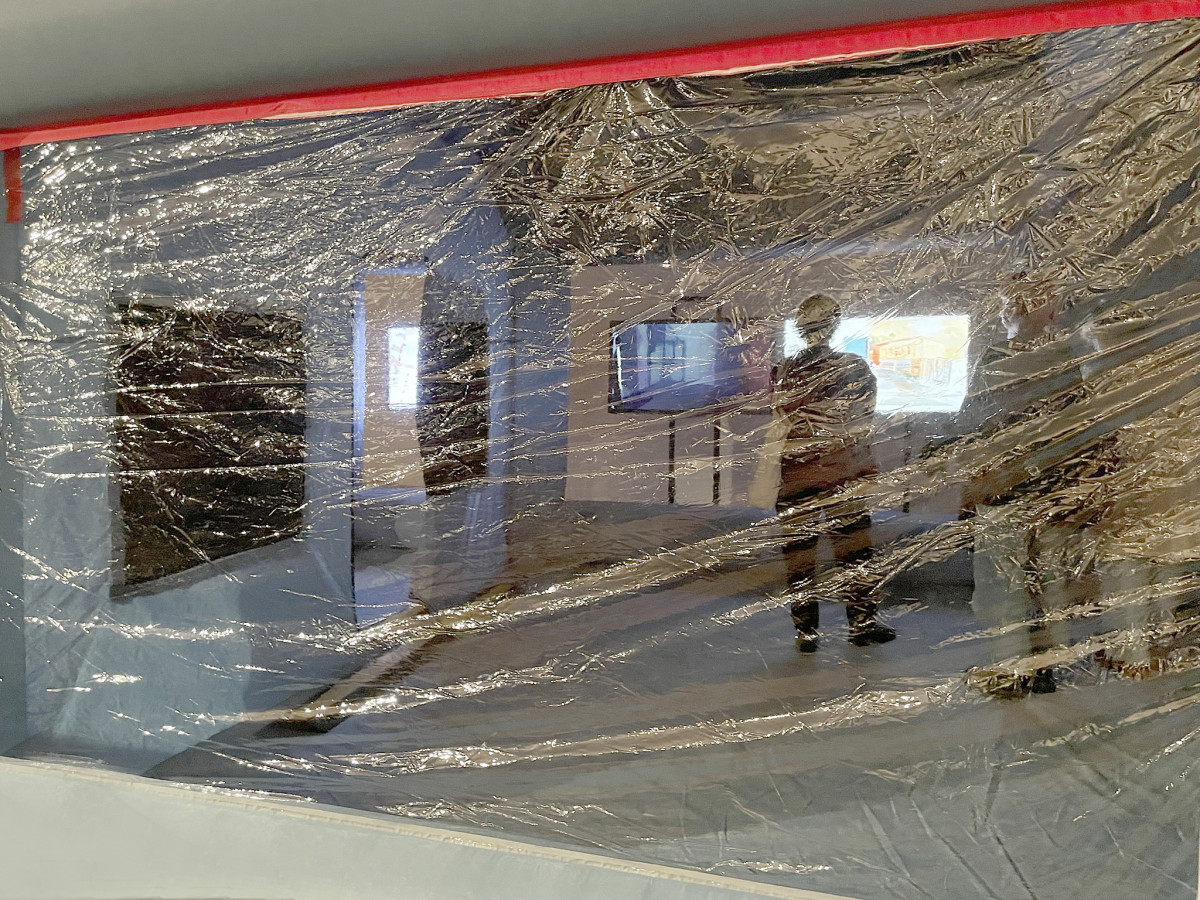
Phoenix Rebirth. (Walk-through Expanded Painting Studio) 2022
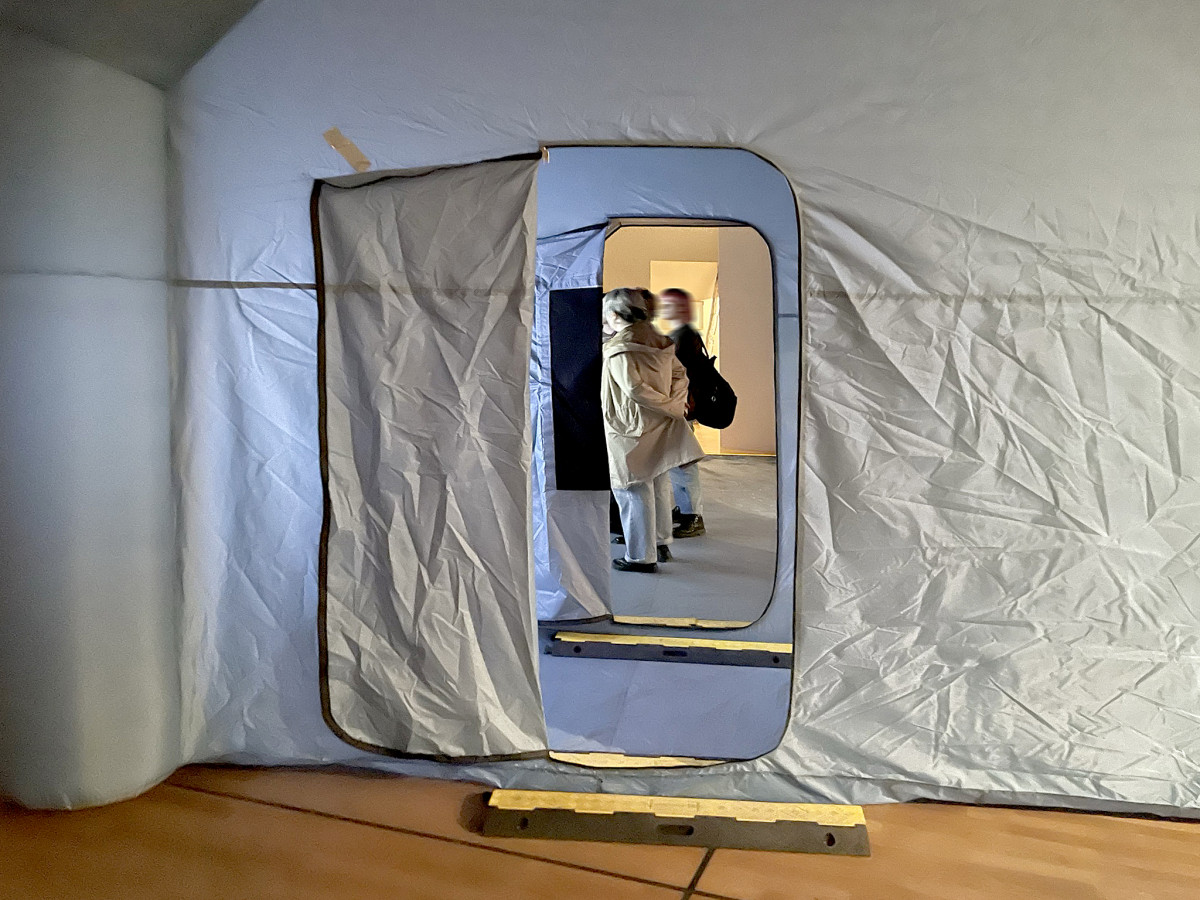
Phoenix Rebirth. (Walk-through Expanded Painting Studio) 2022
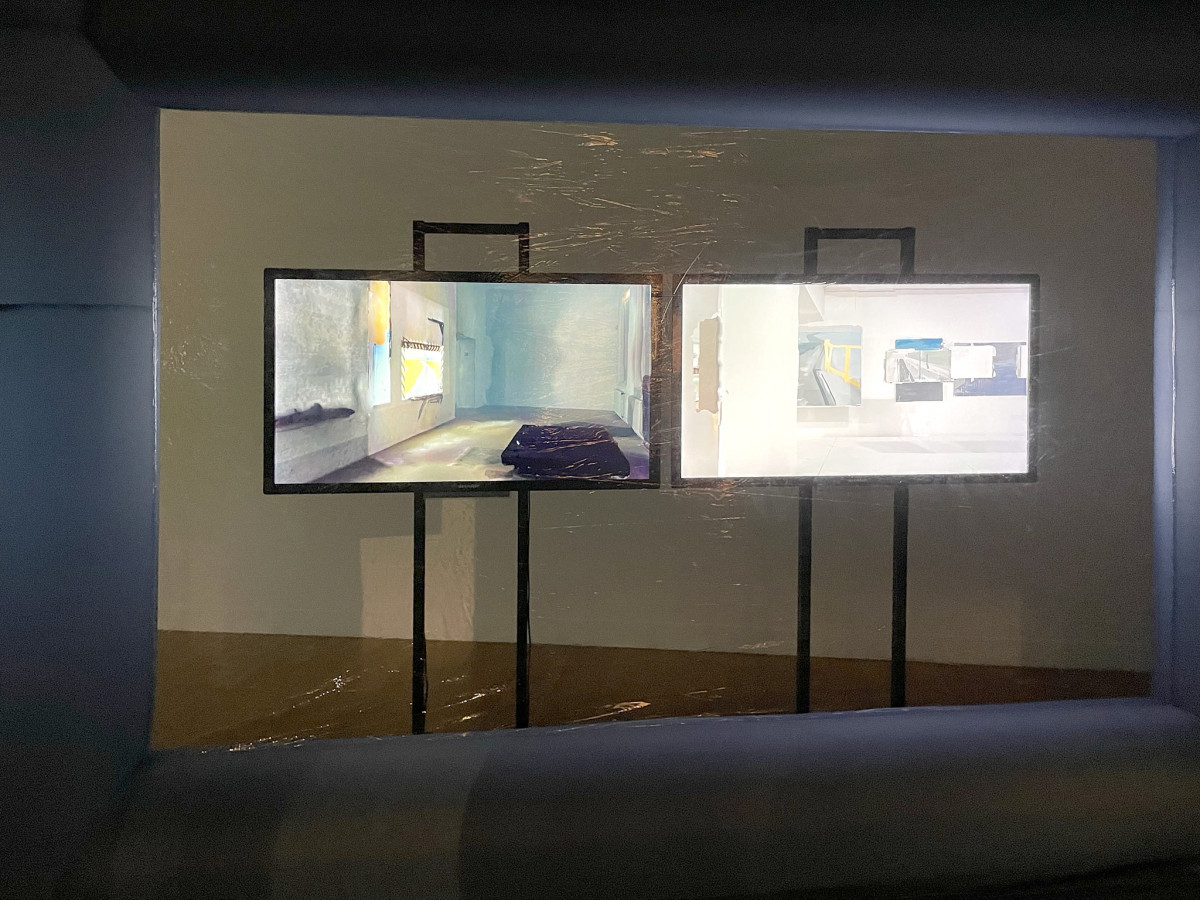
Phoenix Rebirth. (Walk-through Expanded Painting Studio) 2022
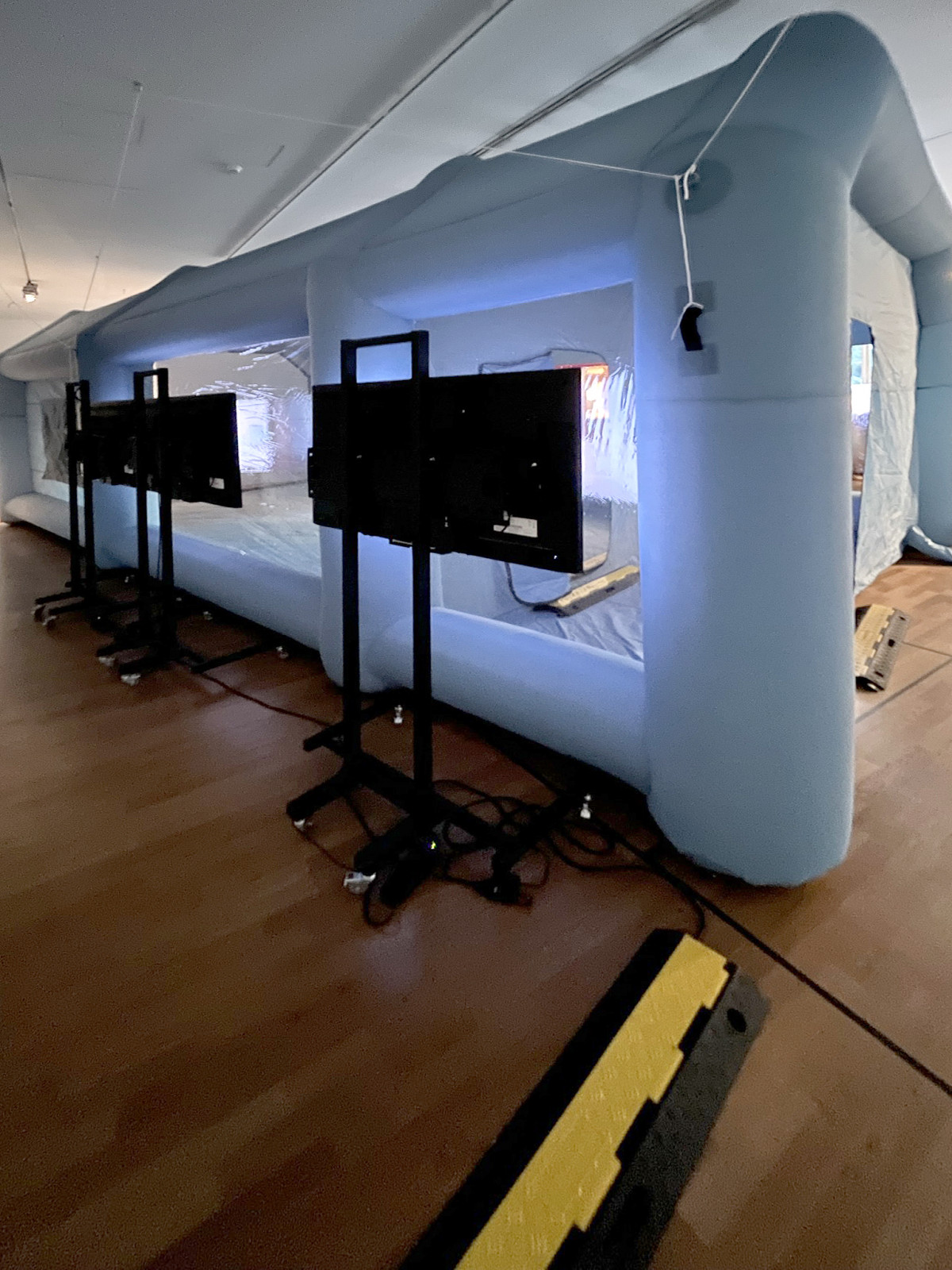
Phoenix Rebirth. (Walk-through Expanded Painting Studio) 2022
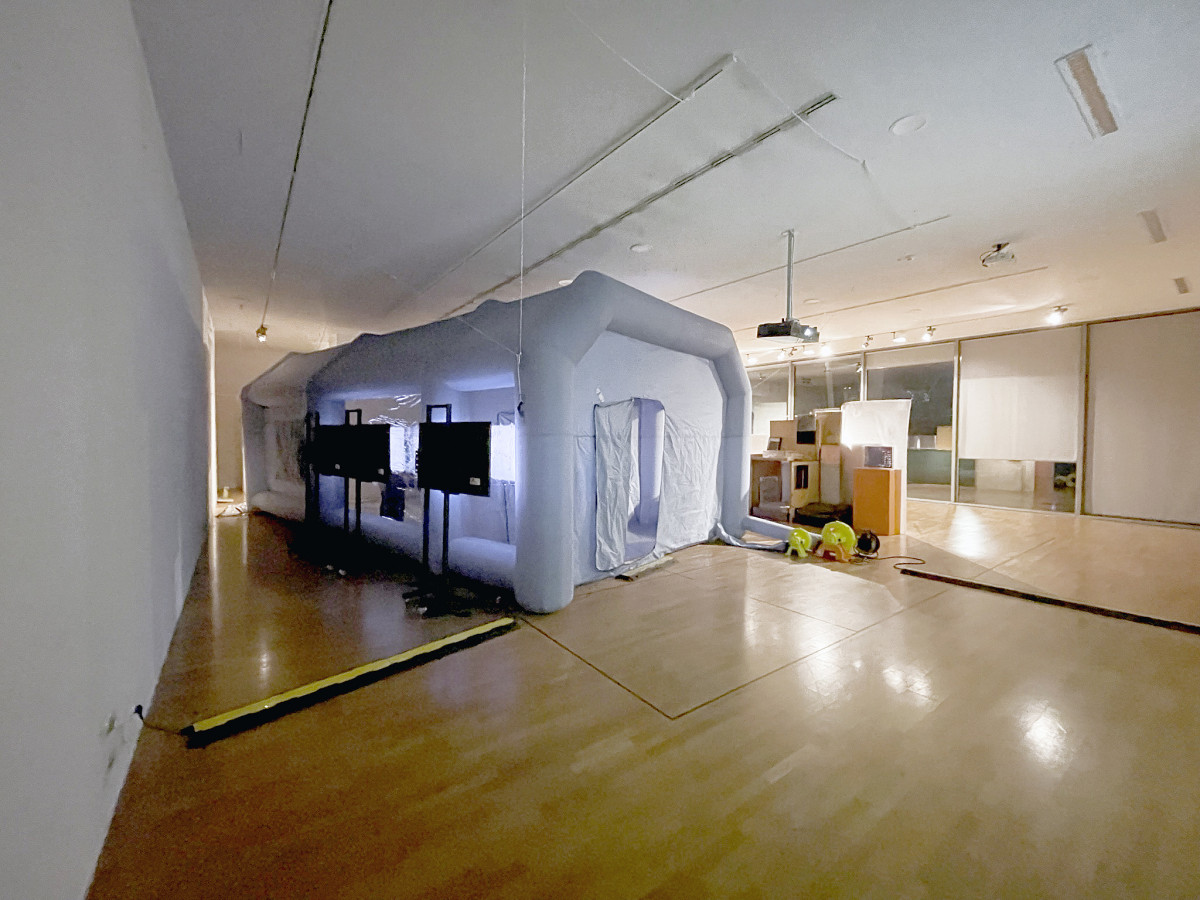
Landskaping Hall II. 2022 (Collateral Damage) 12.19m x 13.15m x 3.67m Installation
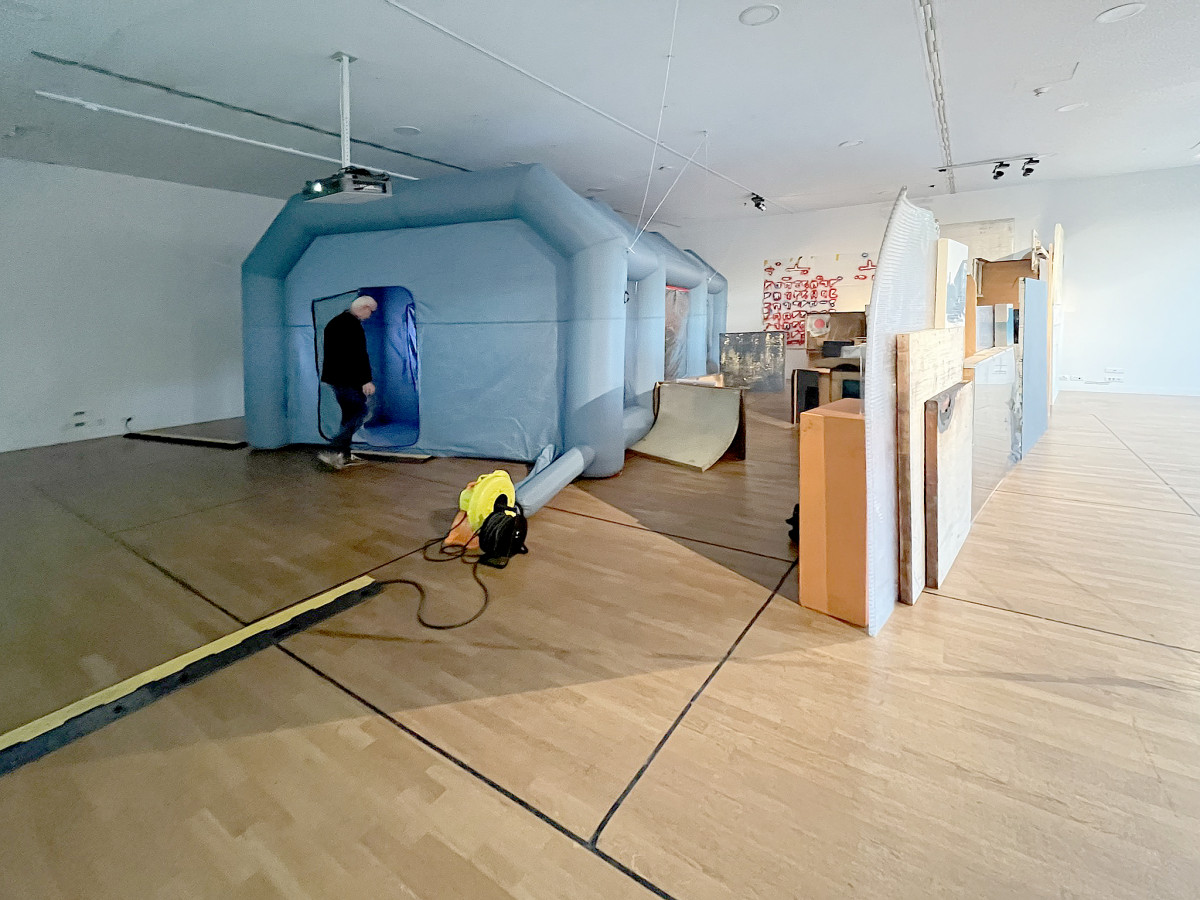
Landskaping Hall II. 2022 (Collateral Damage) 12.19m x 13.15m x 3.67m Installation
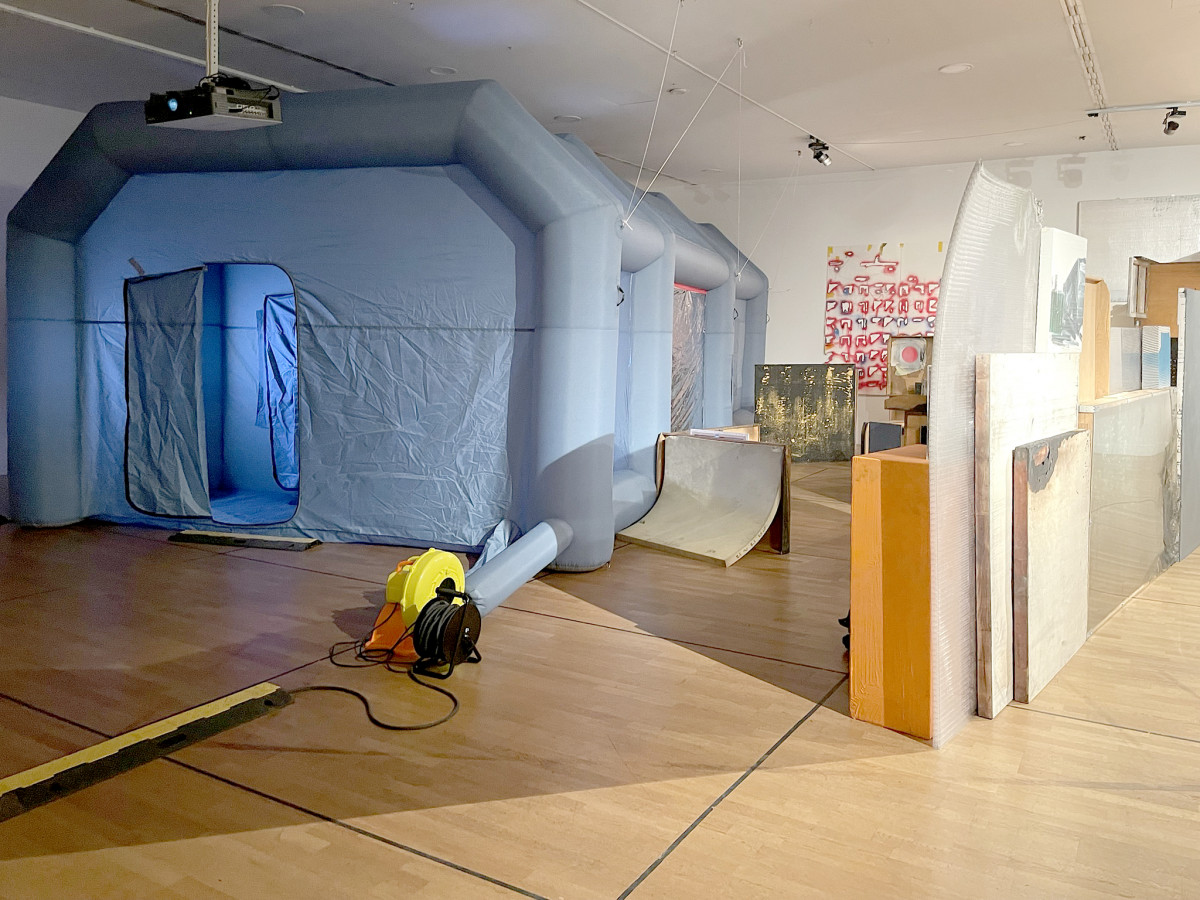
Landskaping Hall II. 2022 (Collateral Damage) 12.19m x 13.15m x 3.67m Installation
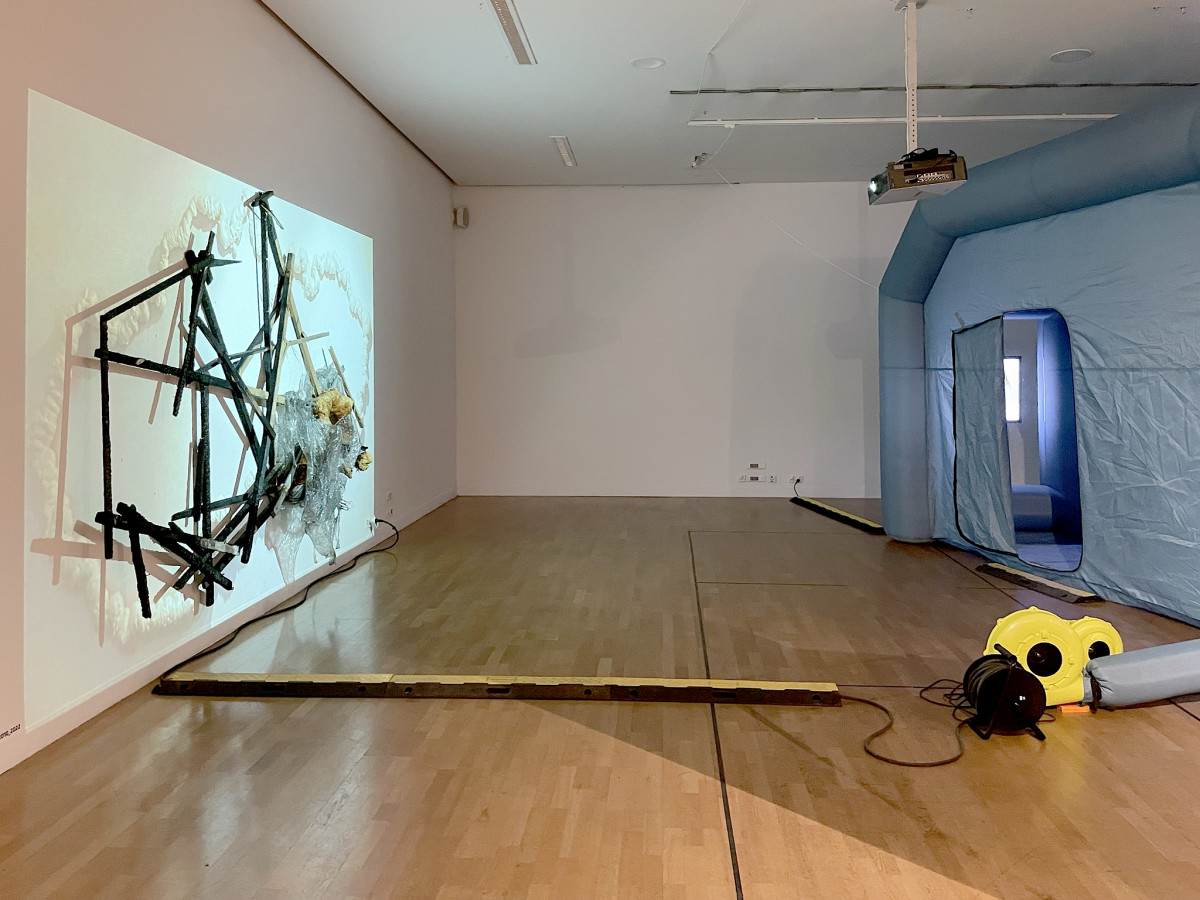
From left: SK 1:14 000. 2010—2020 & Phoenix Rebirth, 2022
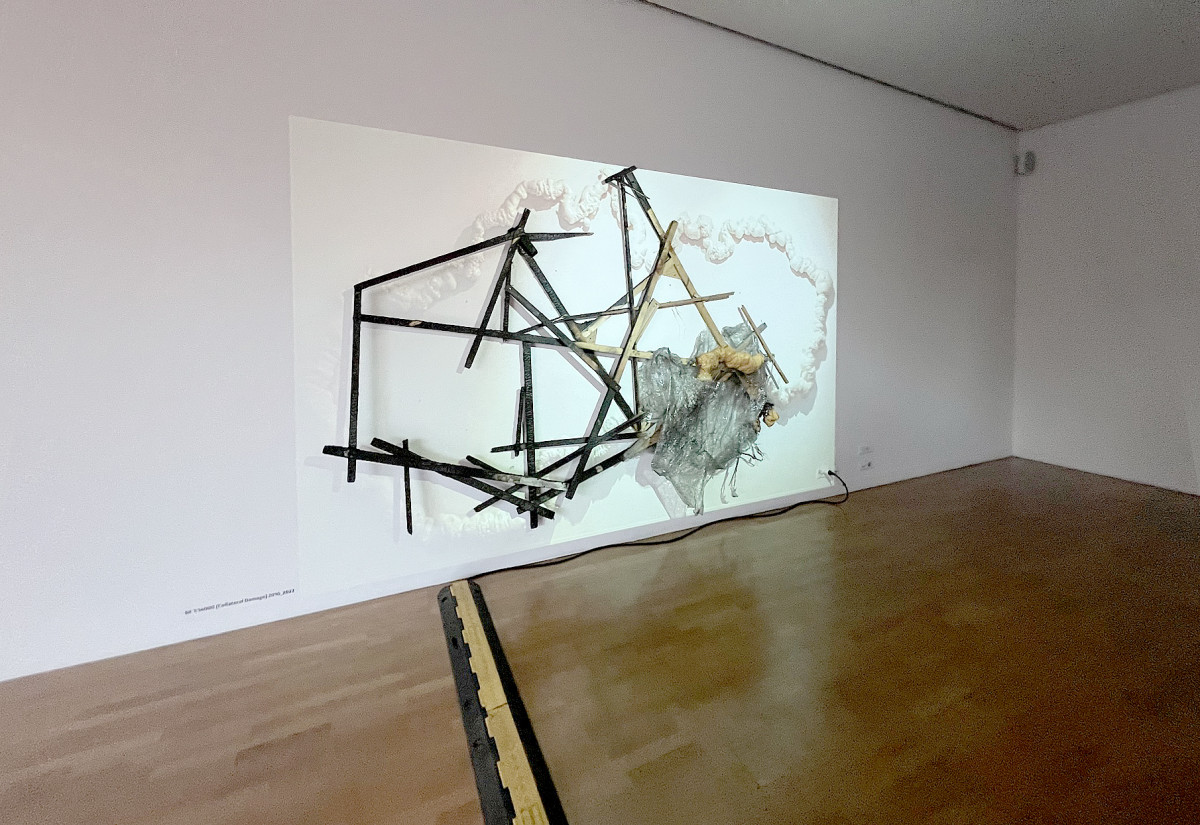
SK 1:14 000. 2010—2020 Wooden frame, film, polyurethane foam, video projection height: 250 cm, width: 450 cm, depth: 32 cm
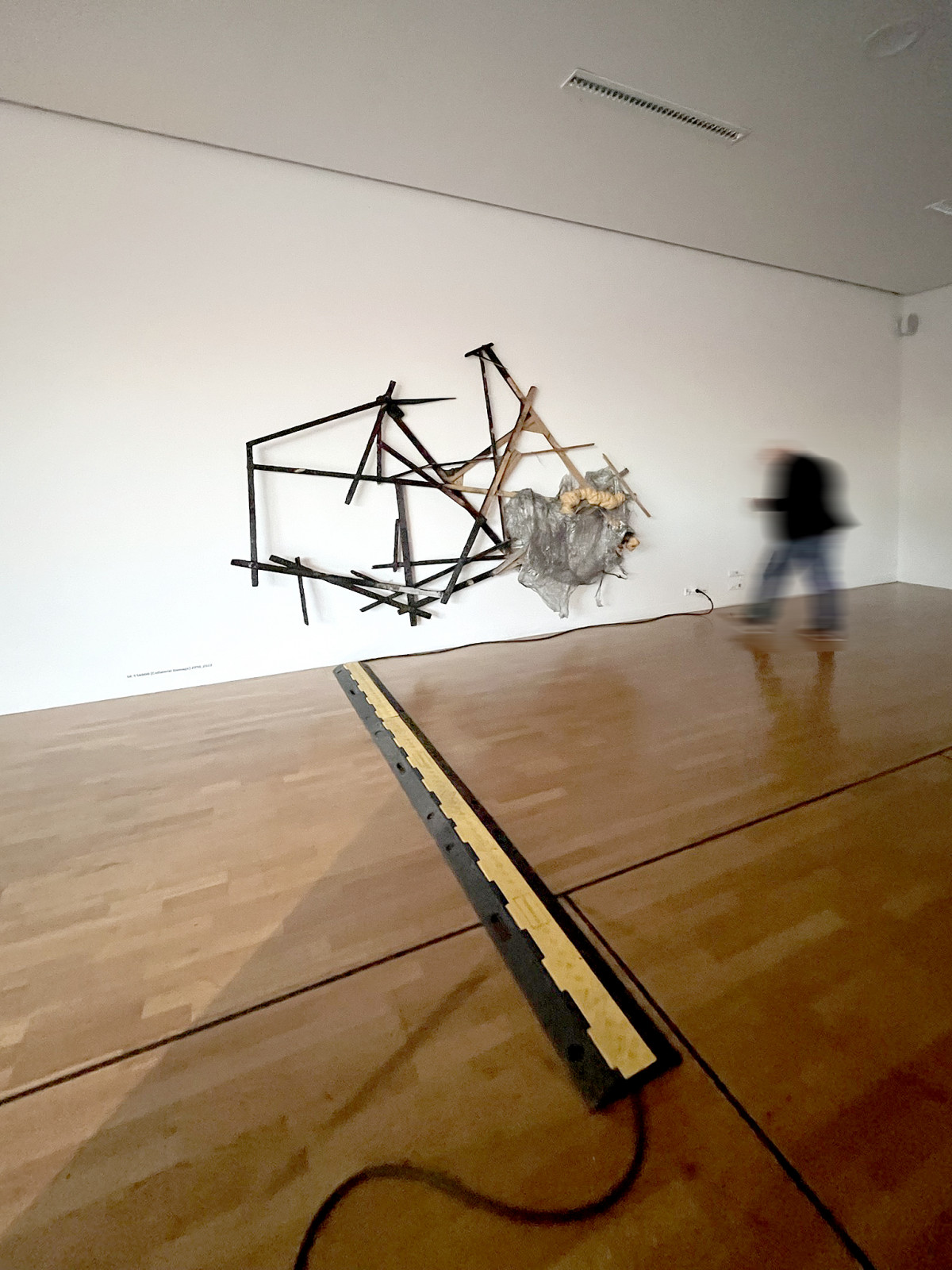
SK 1:14 000. 2010—2020 Wooden frame, film, polyurethane foam, video projection height: 250 cm, width: 450 cm, depth: 32 cm
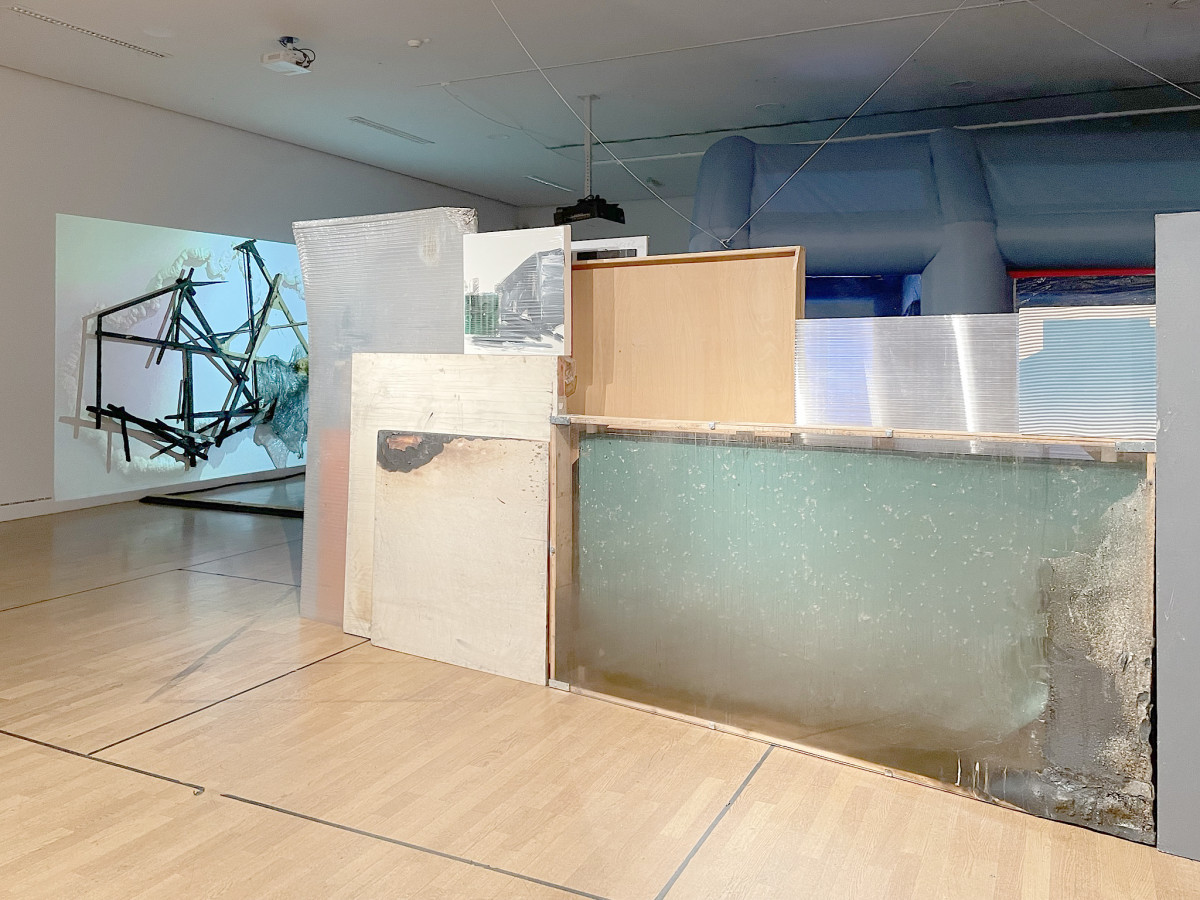
Installation part names: Phoenix Rebirth, 2022 Landscaping Construction I. 2022 SK 1:14 000. 2010—2020
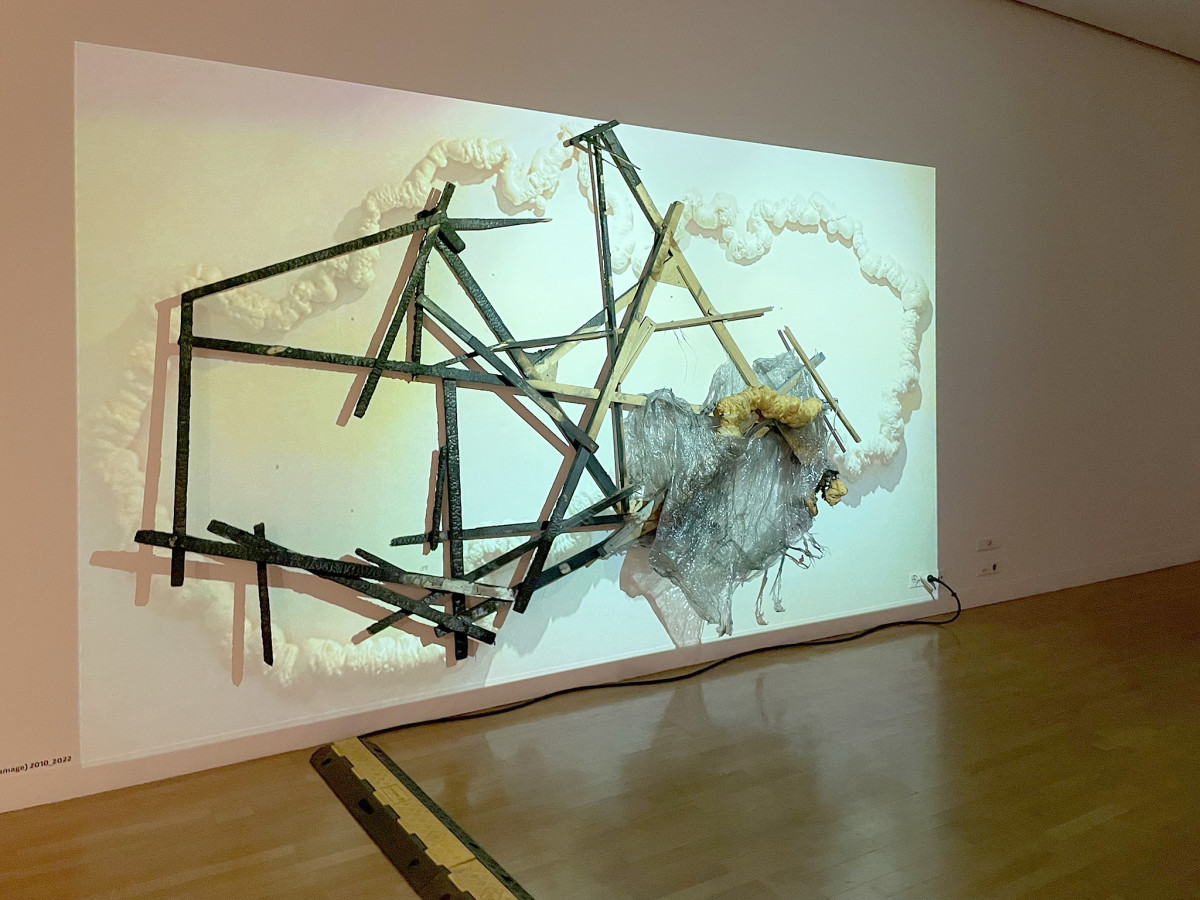
SK 1:14 000. 2010—2020
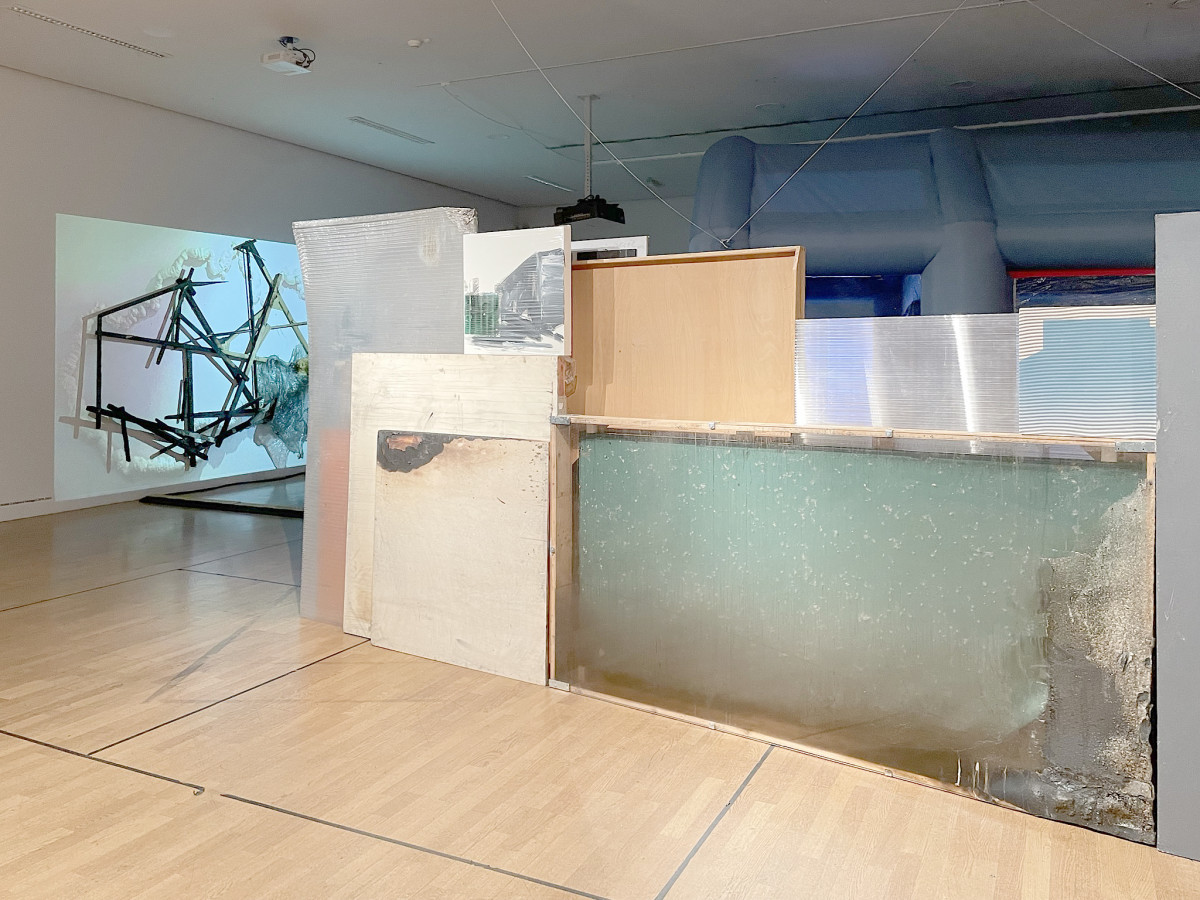
Landscaping Construction I. (Collateral Damage) 2022
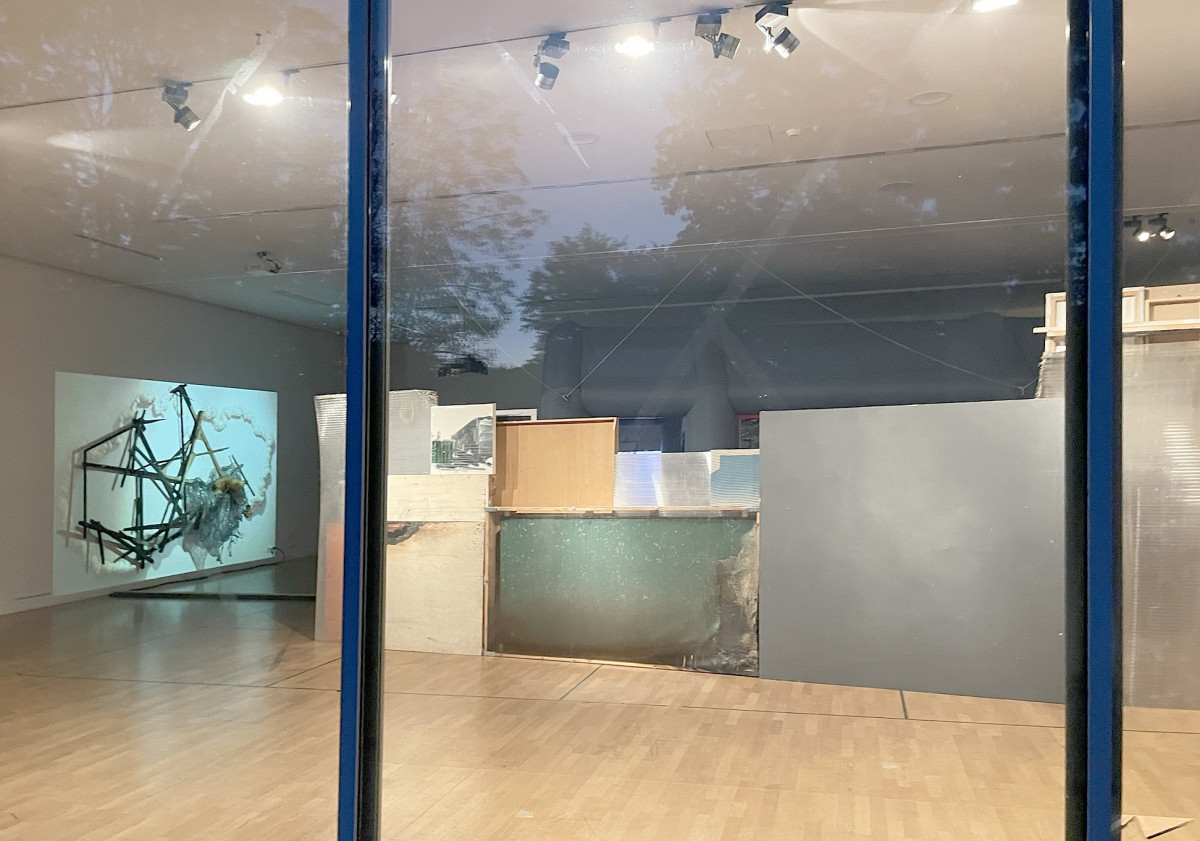
Landscaping Construction I. (Collateral Damage) 2022
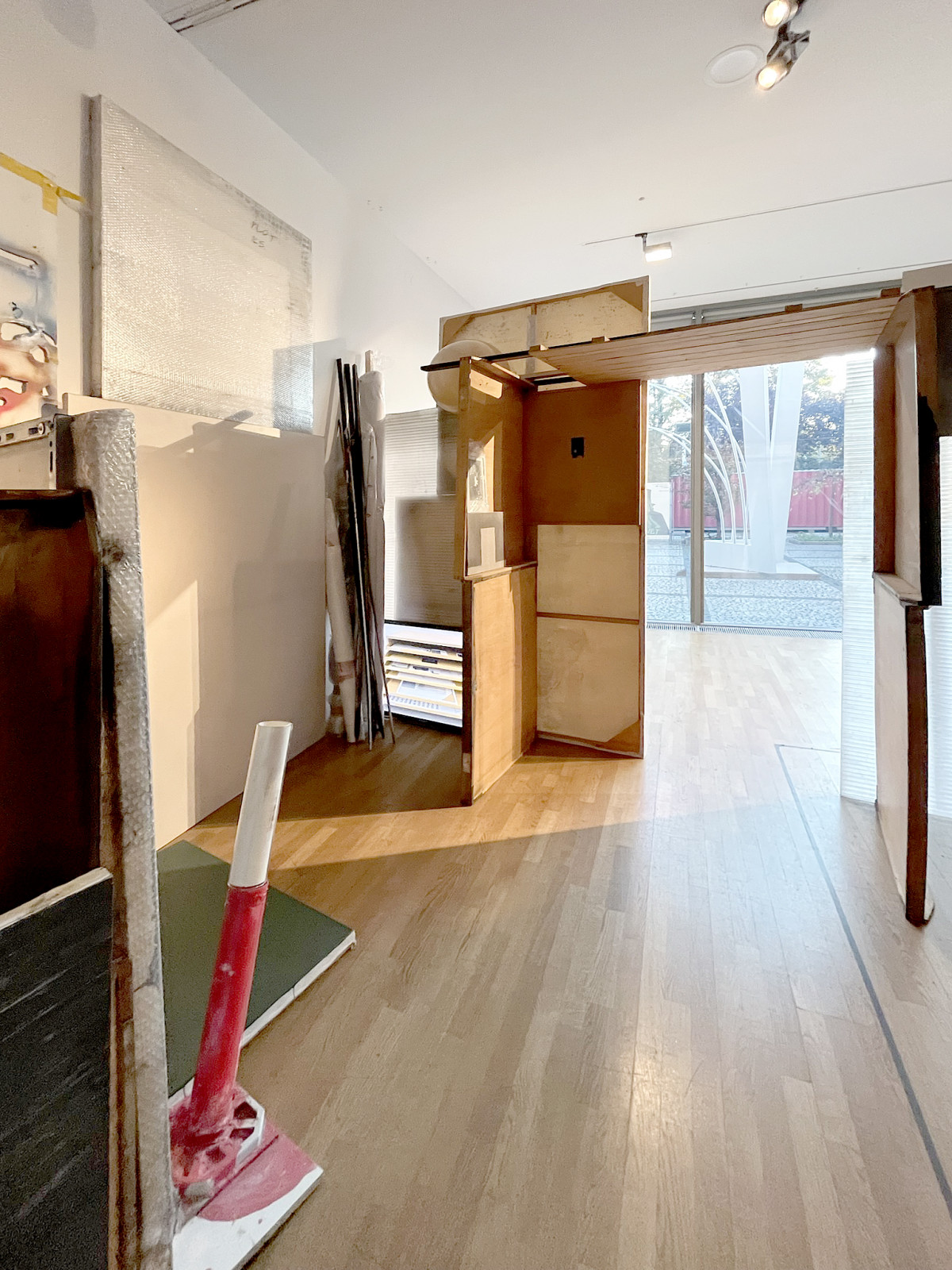
Landscaping Construction I. (Collateral Damage) 2022
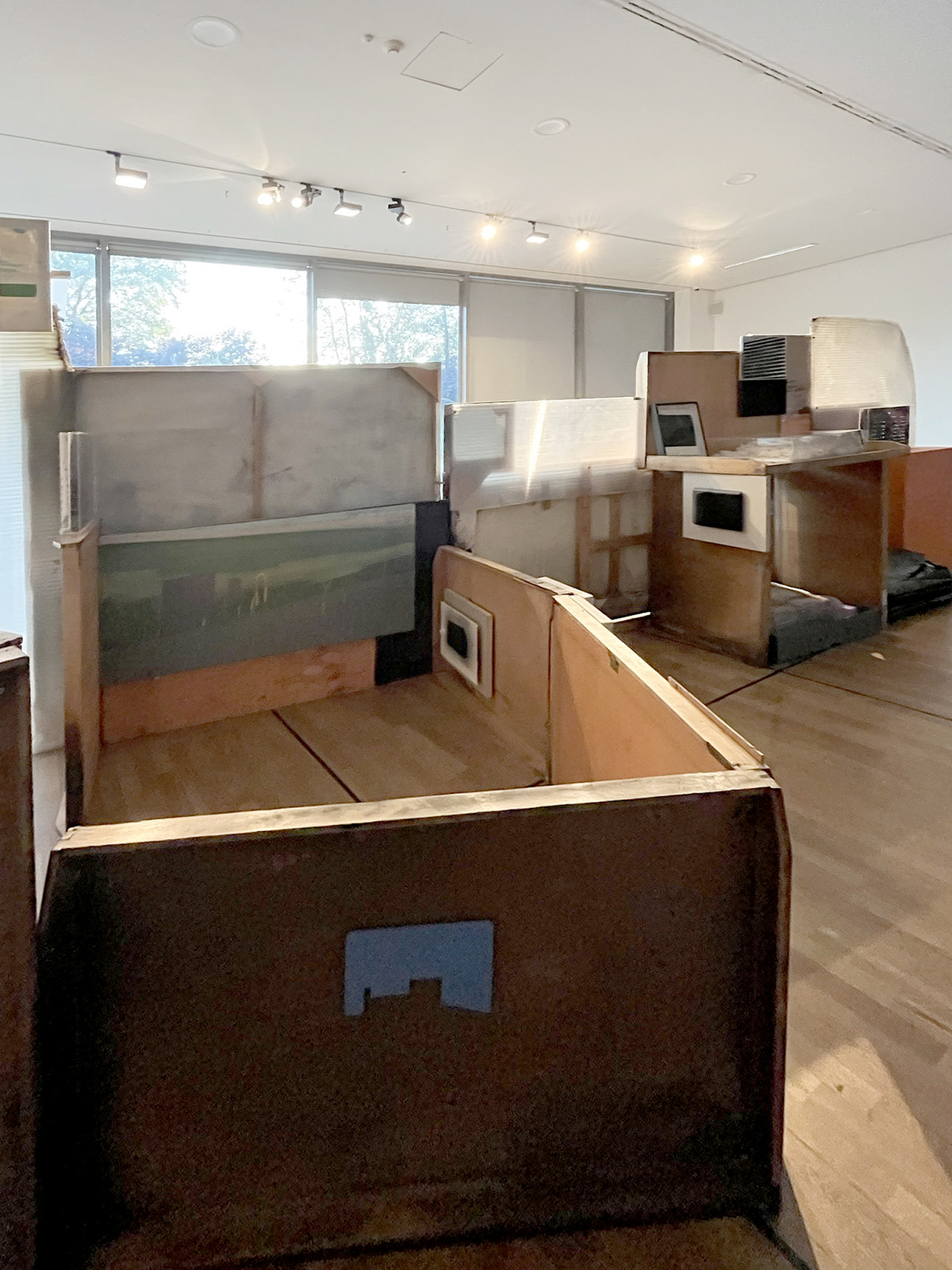
Landscaping Construction I. (Collateral Damage) 2022
Rastislav Sedlačík: LandSKaping 2015_2022
Collateral Damage — Rebirth
Szkody uboczne — odrodzenie
Venue: Centrum Sztuki Współczesnej_W Toruniu
Centre Of Contemporary Art_In Torun
Centre of Contemporary Art Znaki Czasu in Torun 87-100 Torun Waly gen.
Sikorskiego 13
Exhibition Duration: 7.10.2022 – 7.11.2022
Curators: Noro Lacko and Krzysztof Białowicz
Instalation: Marcel Benčík, Noro Lacko, Rastislav Sedlačík
Digital support & mapping: Samuel Chovanec
Graphic Design: Marcel Benčík
Exhibition LandSKaping 2015_2022 (collateral damage) at CENTRE OF CONTEMPORARY ART_IN TORUN is a free re-installation of the exhibition ZA maľbou / Behind the Painting (collateral damage) realized at Považie Gallery of Art in Žilina this year, curated by Noro Lacko and Mira Sikorová-Putišová.
The exhibition will be a continuation of the collaboration with Marcel Benčík and Noro Lacko who will be joined in this project by Krzysztof Białowicz.
The emphasis of Rastislav Sedlačík's artistic work in recent years has shifted significantly from the plein-air or remembered or constructively imagined record of landscape to a complex polyphonic dialogue of various processes creating a possible image of our visual experience of the landscape - that is, from the record of the image of the landscape to the record of the process and to the manipulation of the process by which the image of the landscape is created. This dialogue involved such variables of the visual environment as the artistic tradition of landscape painting, popularly shared notions of the landscape image, the spontaneity-driven ingenuity of untrained DIYers, the voracious developer's disharmony, as well as the not inconsiderable everyday oscillation of random and lawful natural or social processes emitting growth and degradation, emergence and disappearance. The paintings - landscape constructs were events of urban peripheries, the boundaries of the intersection of urban and natural landscapes, the sites of indistinguishable adherence and wedging of the edges of the civilization-urban and the natural.
The paintings - landscape constructs of Sedlačík's field records and landscaping - took place in the layout of a diagram, delineated by the spiral trajectory identifiable in the title of the current exhibition project: BEHIND THE PAINTING. Emerging from the painting, departing from it, moving in spatio-temporal trajectories diverging from the painting, literally and elementally expanding the painting. From drawings, prints and their hybrids, to objects and post-products, to intimate and more recently large-scale formats and transformations of gallery site-specific installations and time-lapse post-painterly processual collaborations with the forces of non-studio plein-air post-industrial landscapes. Ultimately, however, they have always turned TO painting, drawn attention to it, returned to it, expanding and extending its territory. They converged and flirted with painting.
The visual collision of the planned and the accidental became increasingly important, a paradox that Sedlačík refers aptly to as random order. And here the fatal centre of gravity of Sedlačík's artistic work is revealed: playing and toying with the unpredictable, the random, the incalculable, the unplanned, the uncontrollable. And thus with the intrusion of the real. The temptation of chaos. This has its subject-thematic, but also technological-artistic dimension, that is, it is both what is in the painting and what the painting is made of. Random order is (depending on the occasion, but almost always at the same time) a randomly generated order, an order-disrupting coincidence, as well as a system occasionally (and thus randomly) producing coincidences, or even a system of systematically generating coincidences. The composition on a facade of a night-time housing estate with its changing constellations of the lit and dark windows might be a pleasing illuminative pre-image of this stable Sedlačík's paralogic.
Playing with the unpredictable and the random, the plan-destroying, the alien, which arbitrarily reshapes one' s intentions or even acts as an autonomous creative force, uncontrollable by anyone or anything, gradually expanded Sedlačík's media scope and allowed him to relax and increasingly indulge in a game with the chance that disrupts or replaces the plan: the moment of inspiration, the secondary use of studio waste, and the moment of a joke as an extension of a line of escape from a rule or a restriction. He entertained himself and evaded the discipline of painting by inventing (im)possible authorial techniques.
But perhaps it was also stepping barefoot on Chaos's tail. He incorporated the principle of random order with his feedback. The reality emerged vigorously and clearly as an inarticulate but intense babel of ruins. Rastislav Sedlačík's entire or almost entire art archive unexpectedly burned to the ground. Only the ruins of paintings remained, from which something new had to be created. The current exhibition BEHIND THE PAINTING is, therefore, in a literal sense, also rummaging through the rubble and ashes left by the paintings. Perhaps it is also a phoenix project. But it is certainly an important reminder that there are situations in life, the most difficult and the most important ones at the same time, when, amidst the rubble and ashes of the paintings of a familiar world, we realise horrifyingly and painfully, but precisely because of that very sanely and soberly, that what we thought was reality were only paintings among paintings, that they were not real paintings, but just paintings, albeit the only paintings we were capable of. But here and now these images have collapsed. They have lost their validity. They suddenly ceased to exist. Reality appeared sharply and clearly as an inarticulate but intense babel of ruins. And we can now speak only in the past or future tense. In desperate, partly futile and partly illuminating attempts at remedial reconstruction or a sketchy, groping designing of something we have no idea what and how it will be.
Noro Lacko
Realizáciu výstavy formou štidpendia z verejných zdrojov podporil Fond na
podporu umenia.
